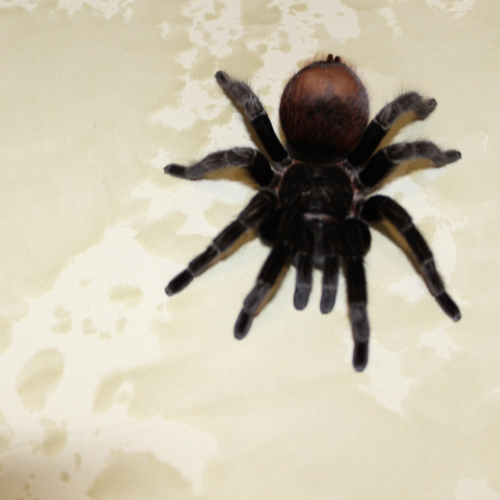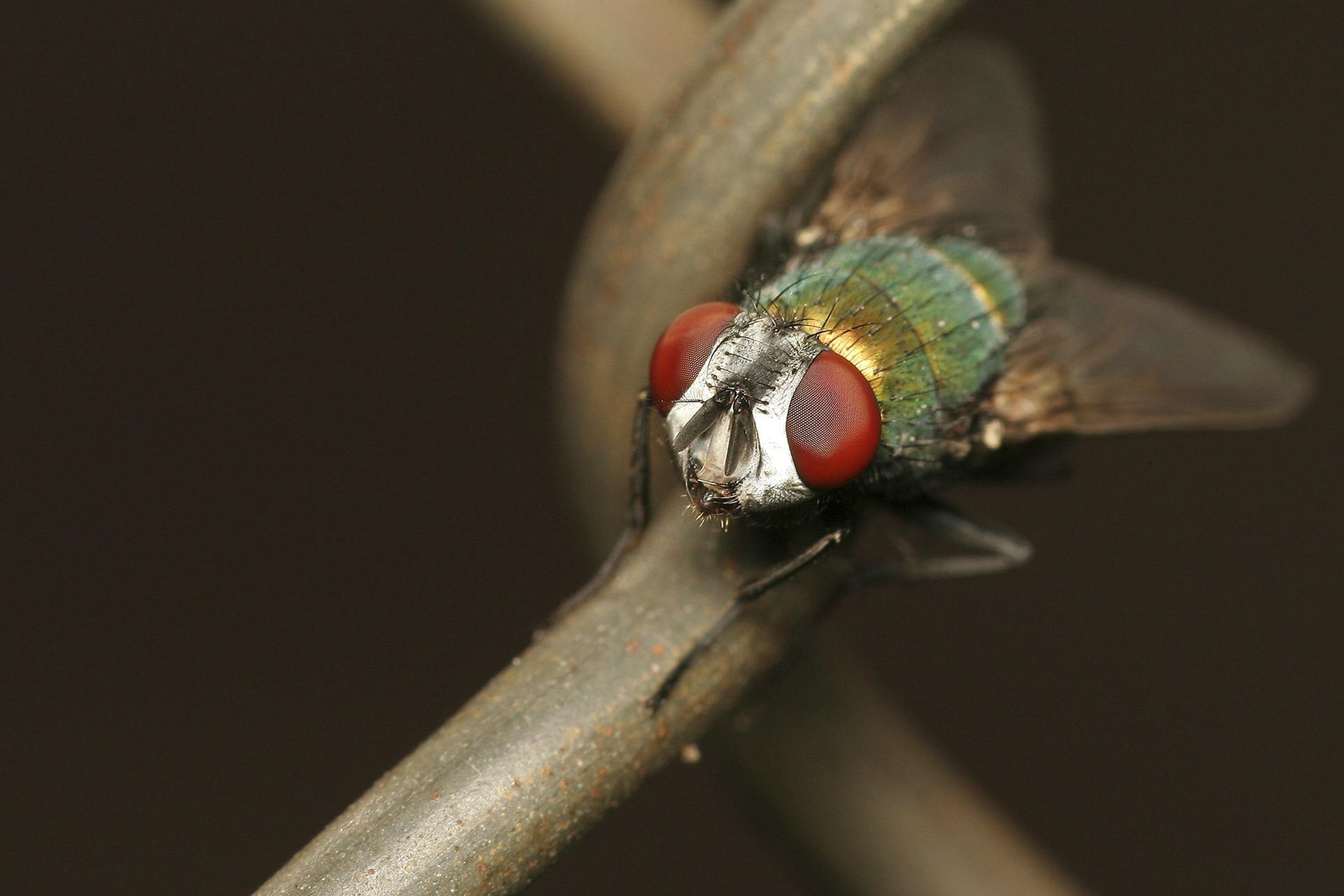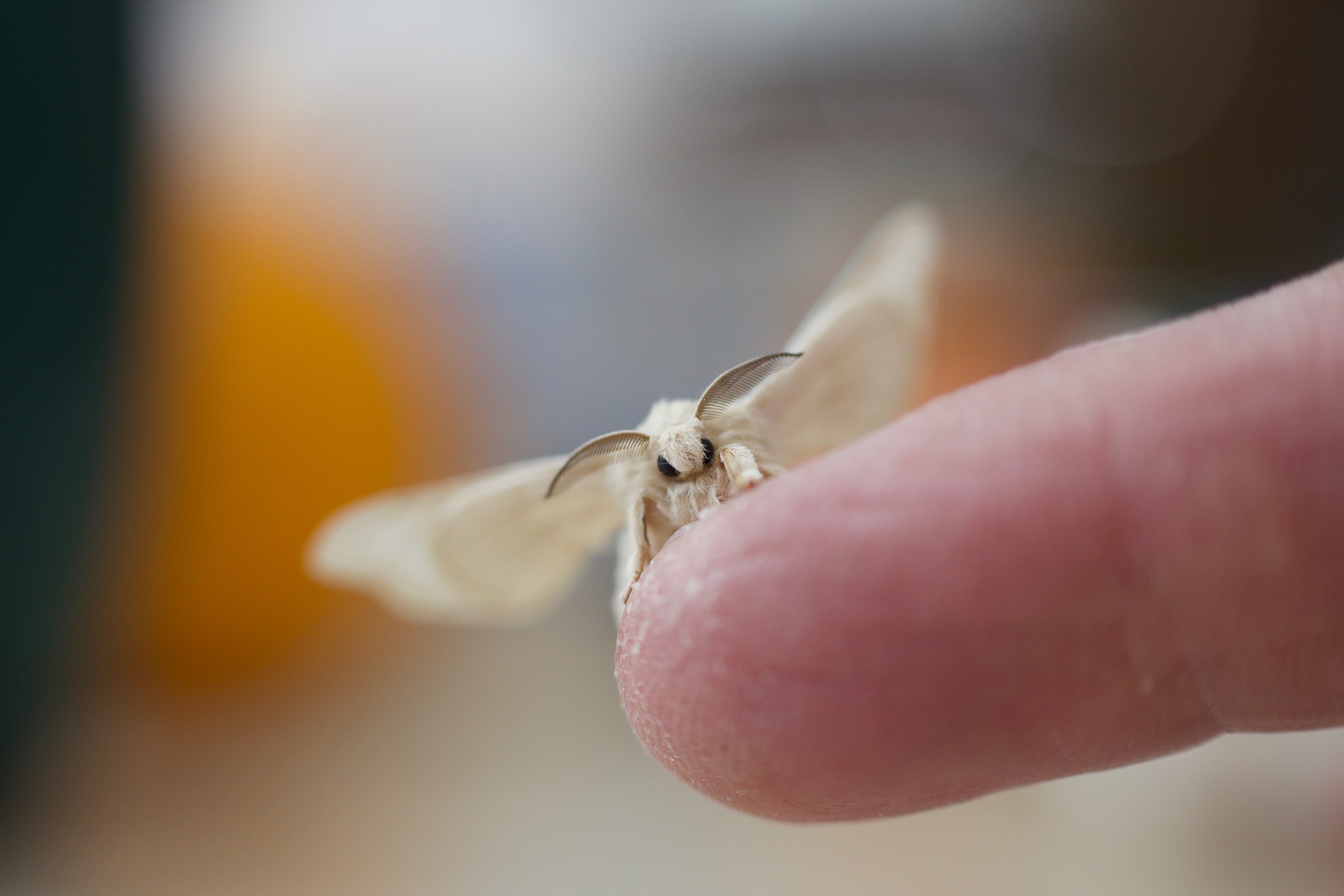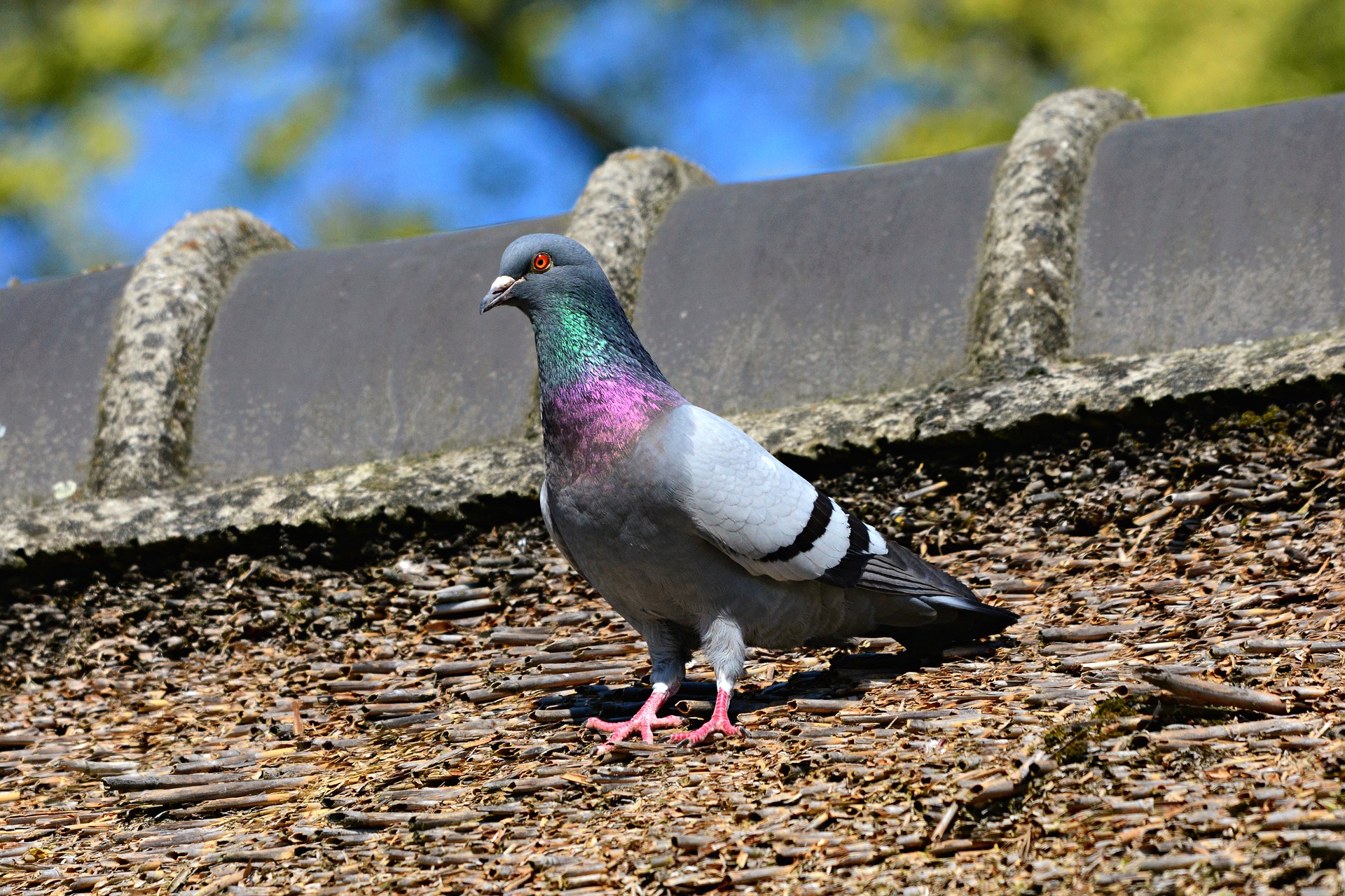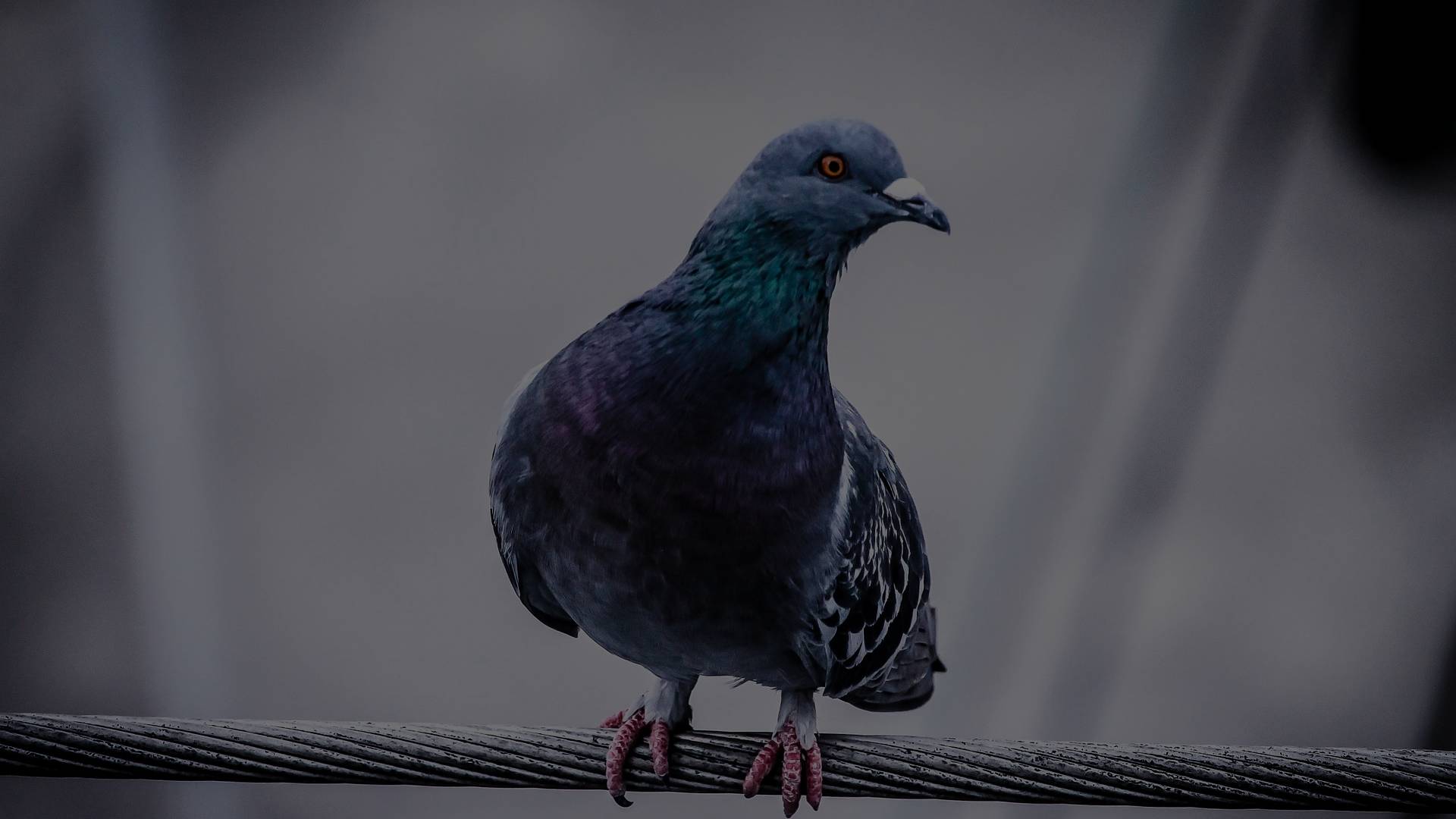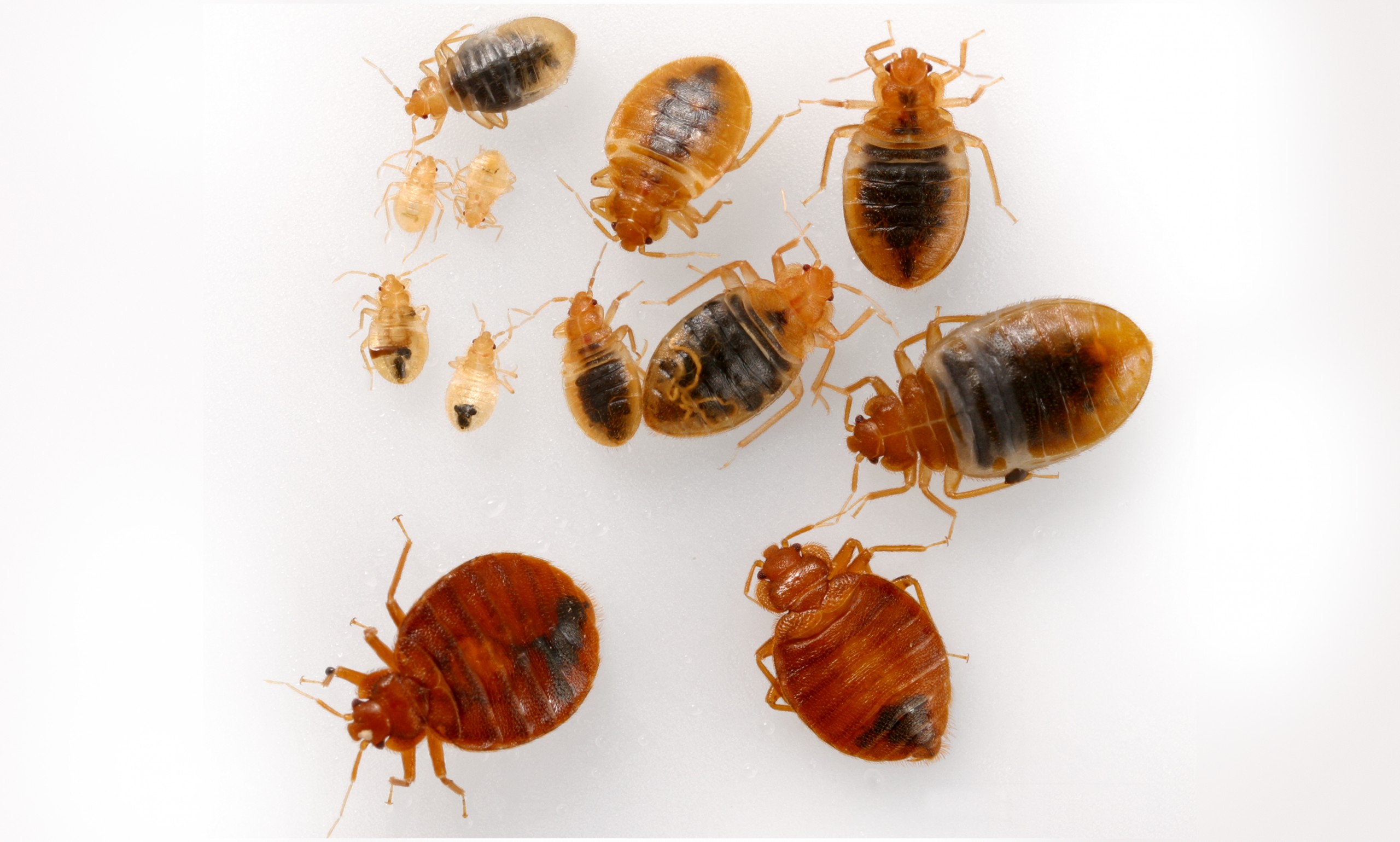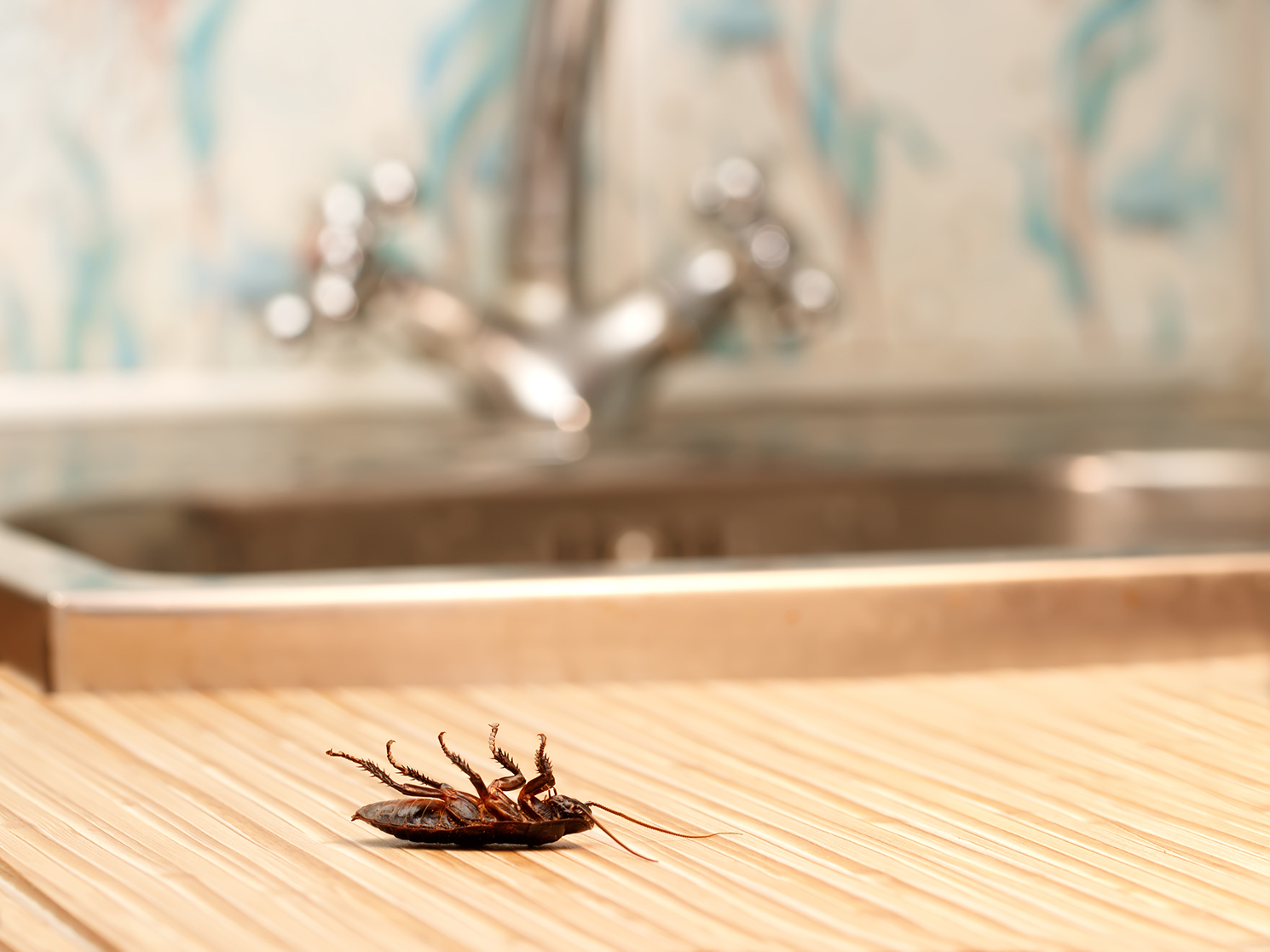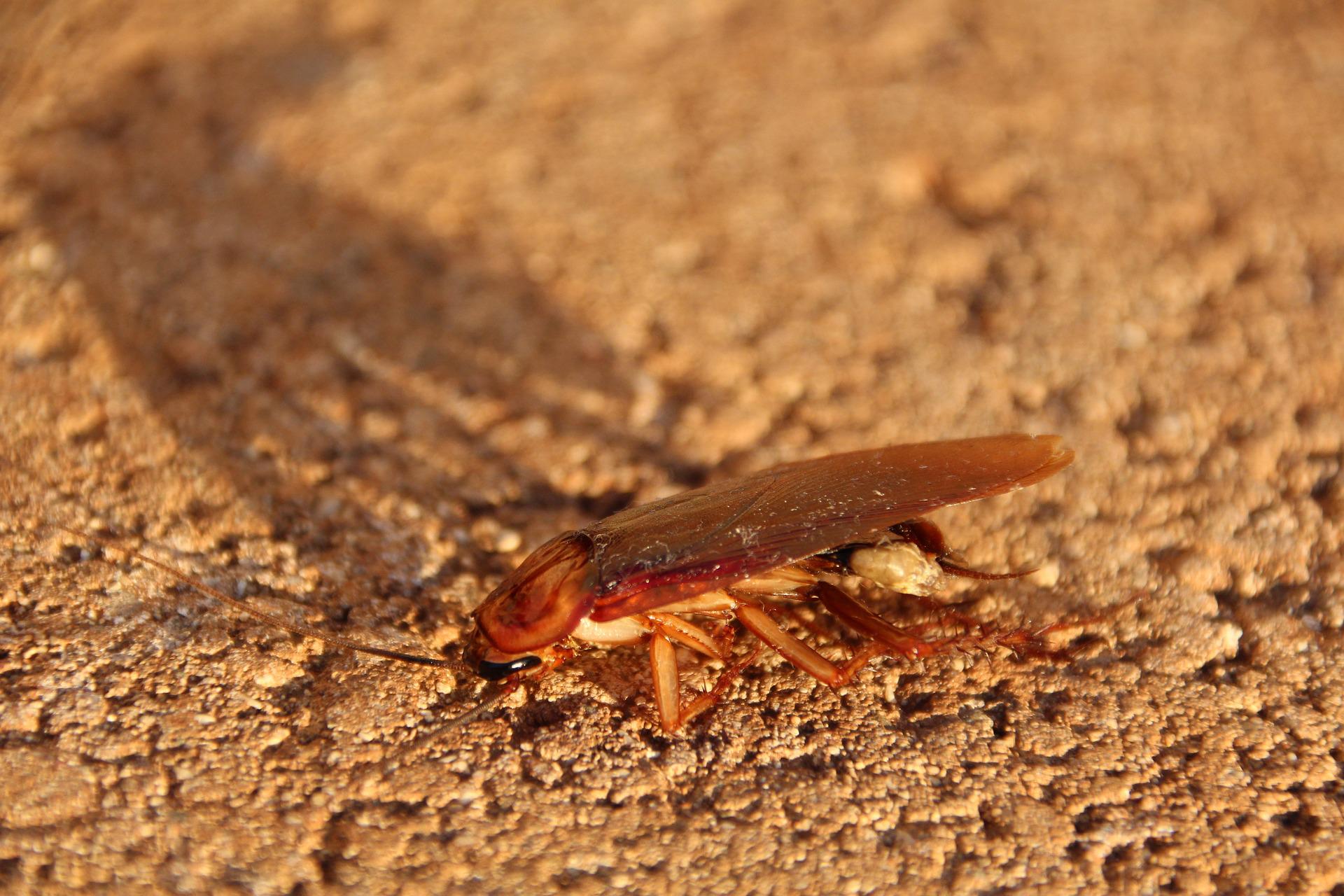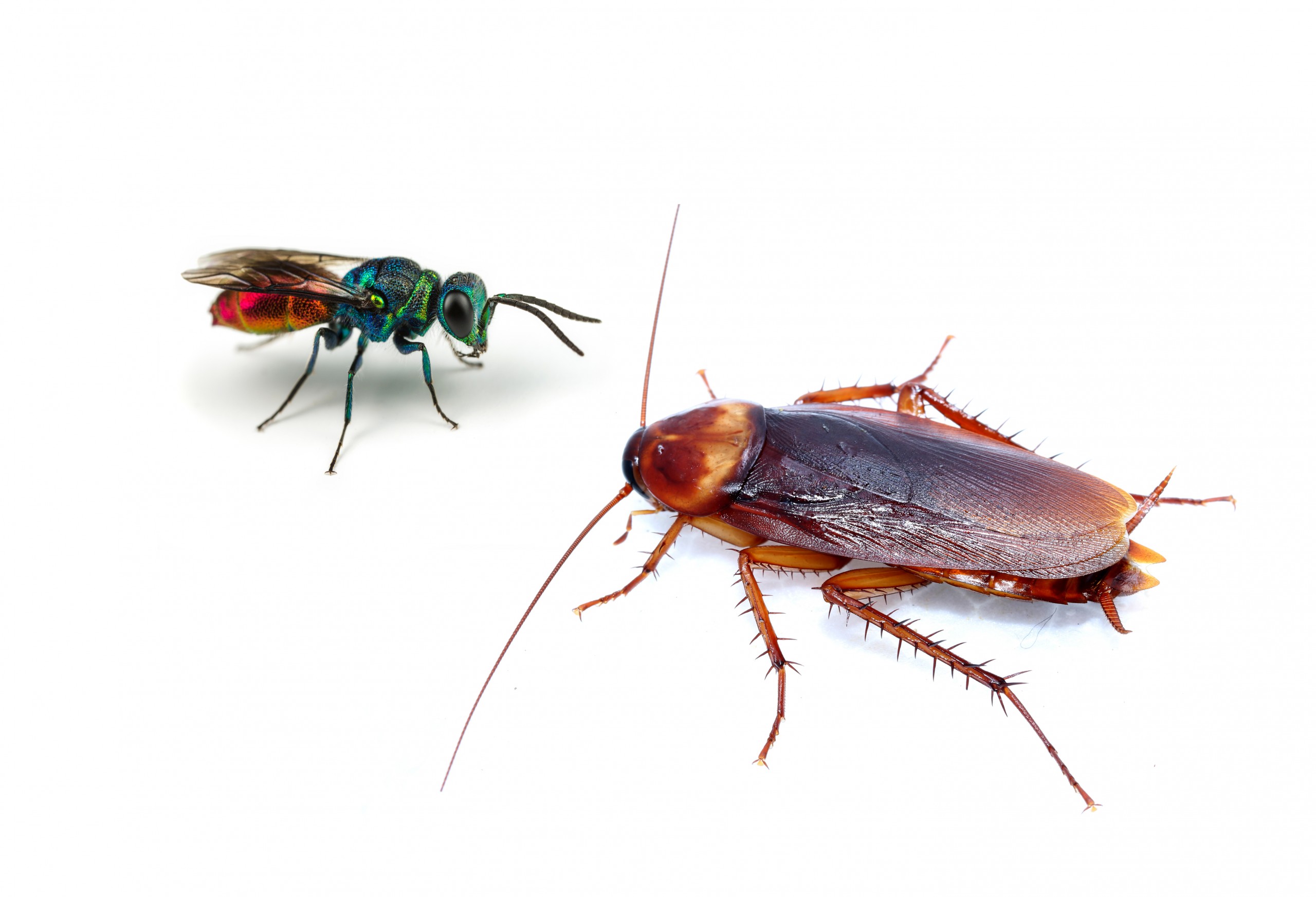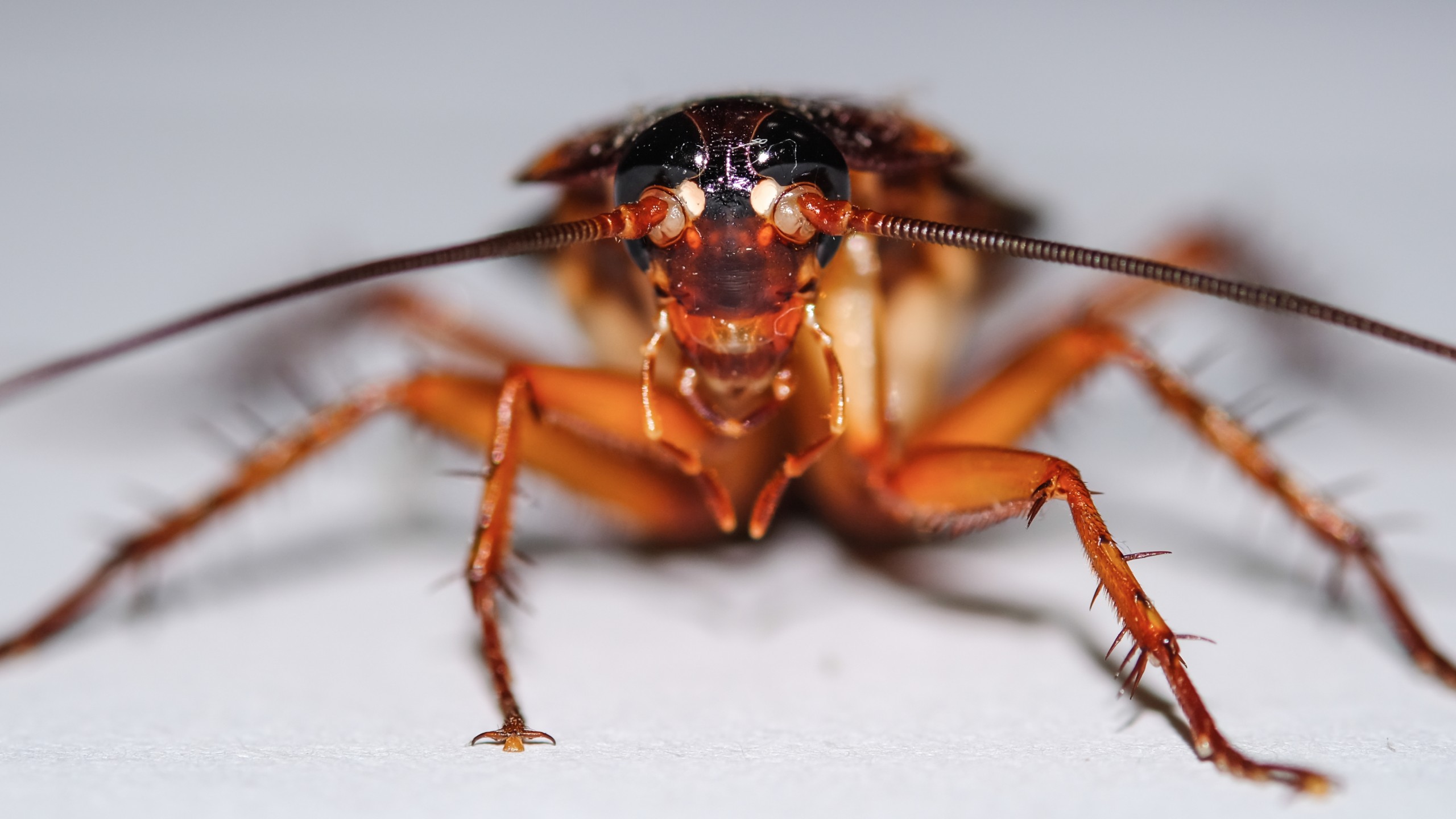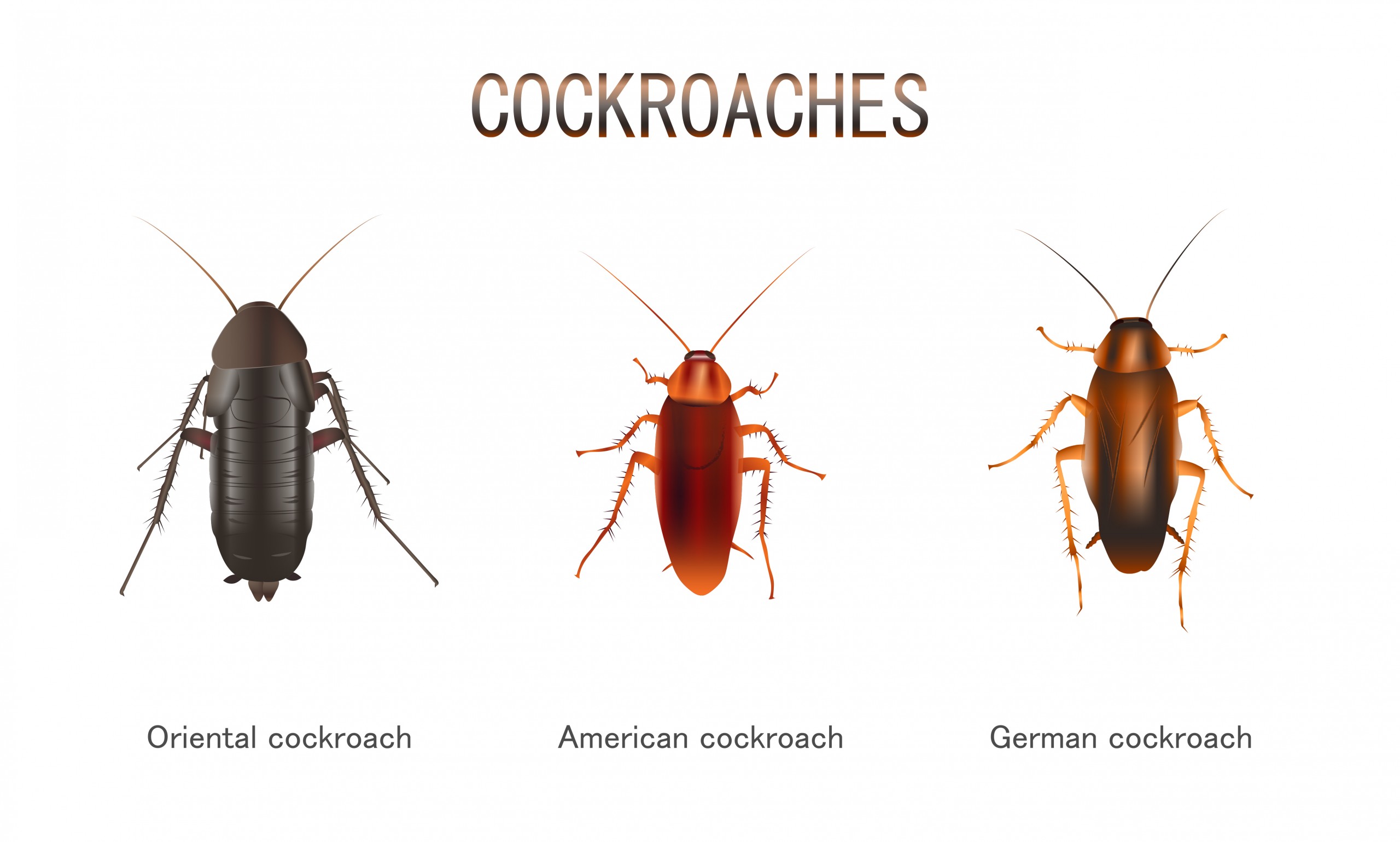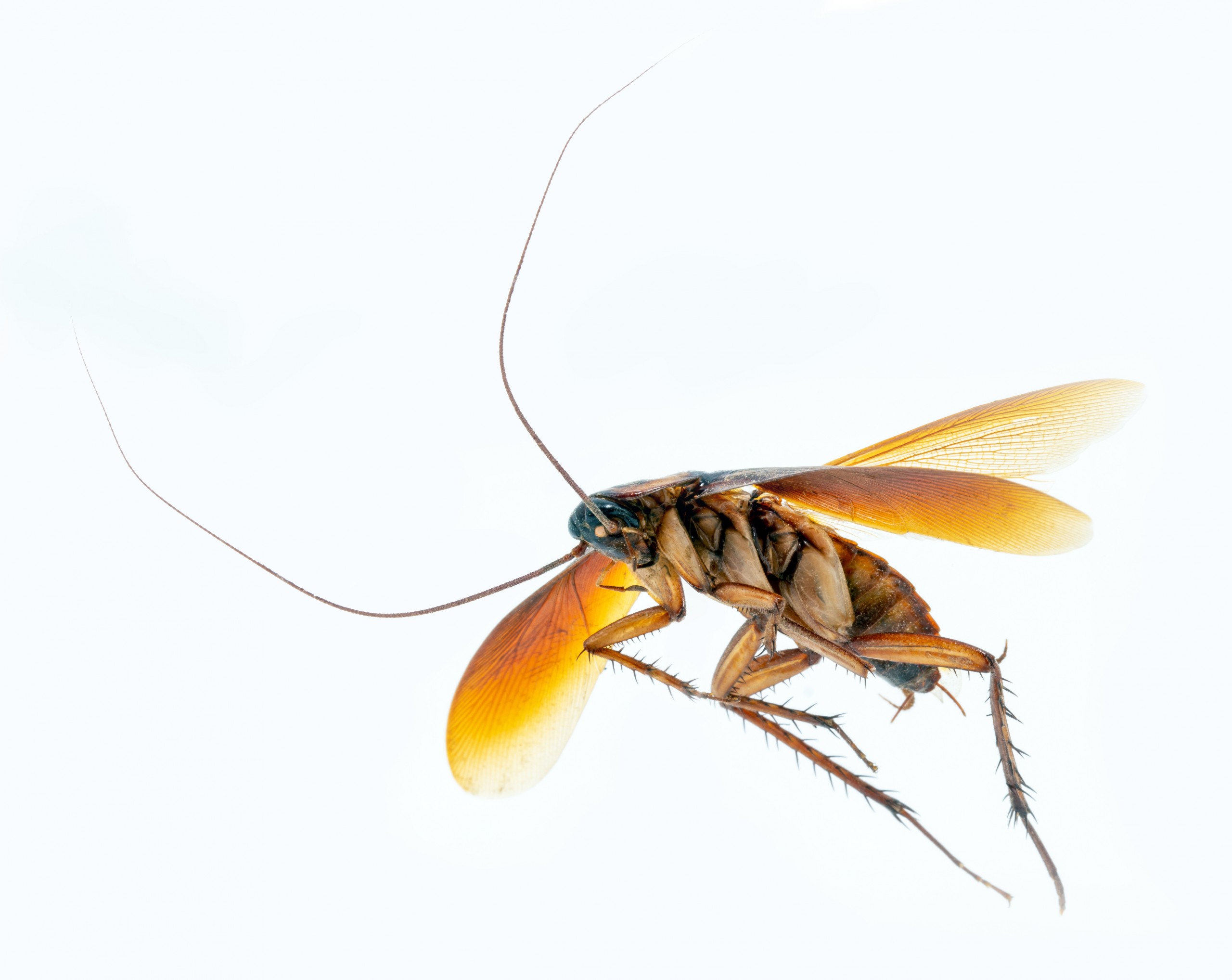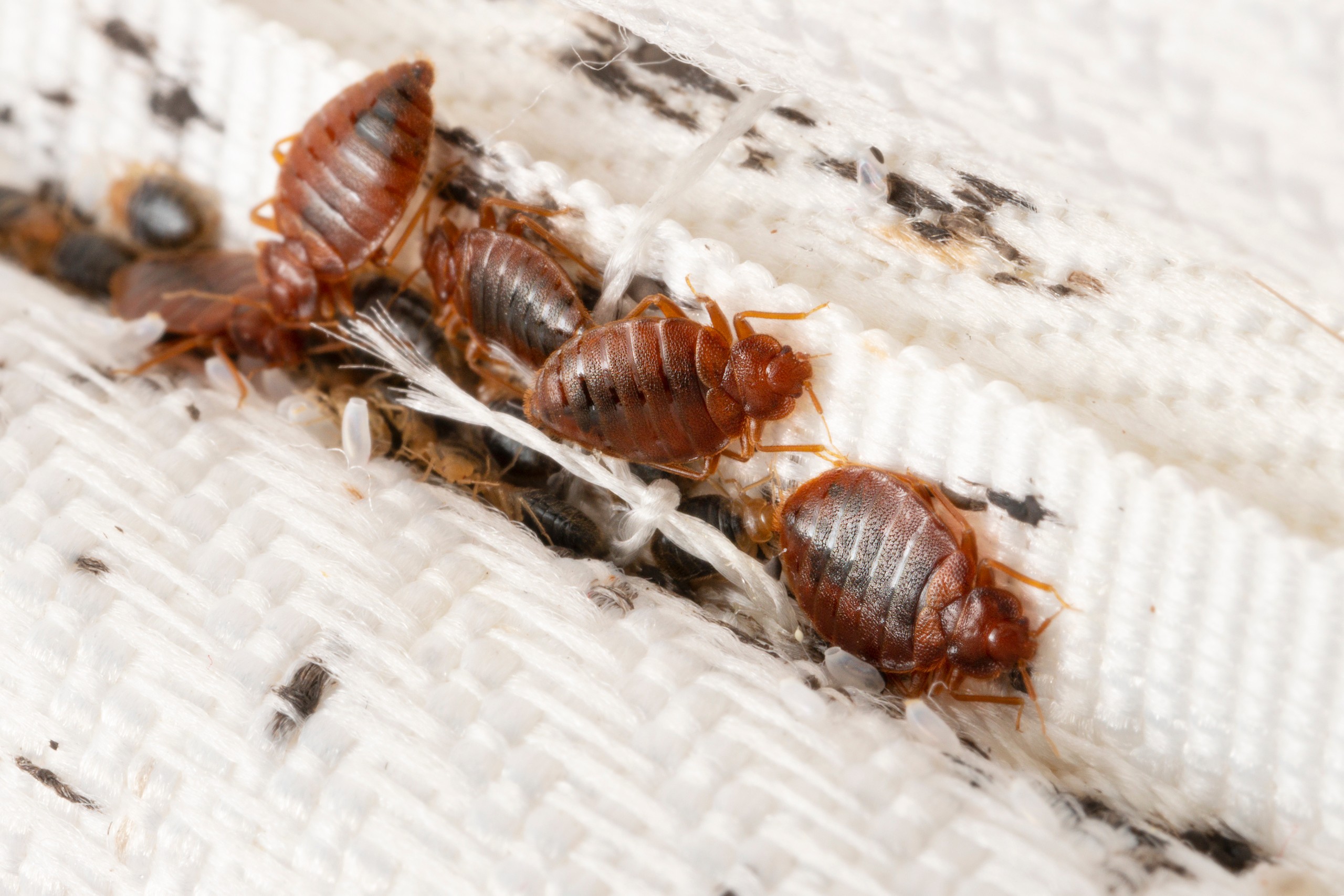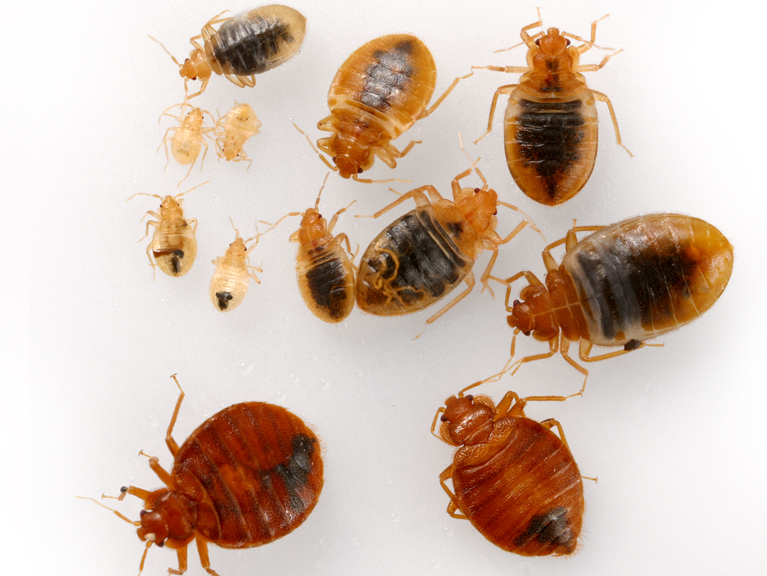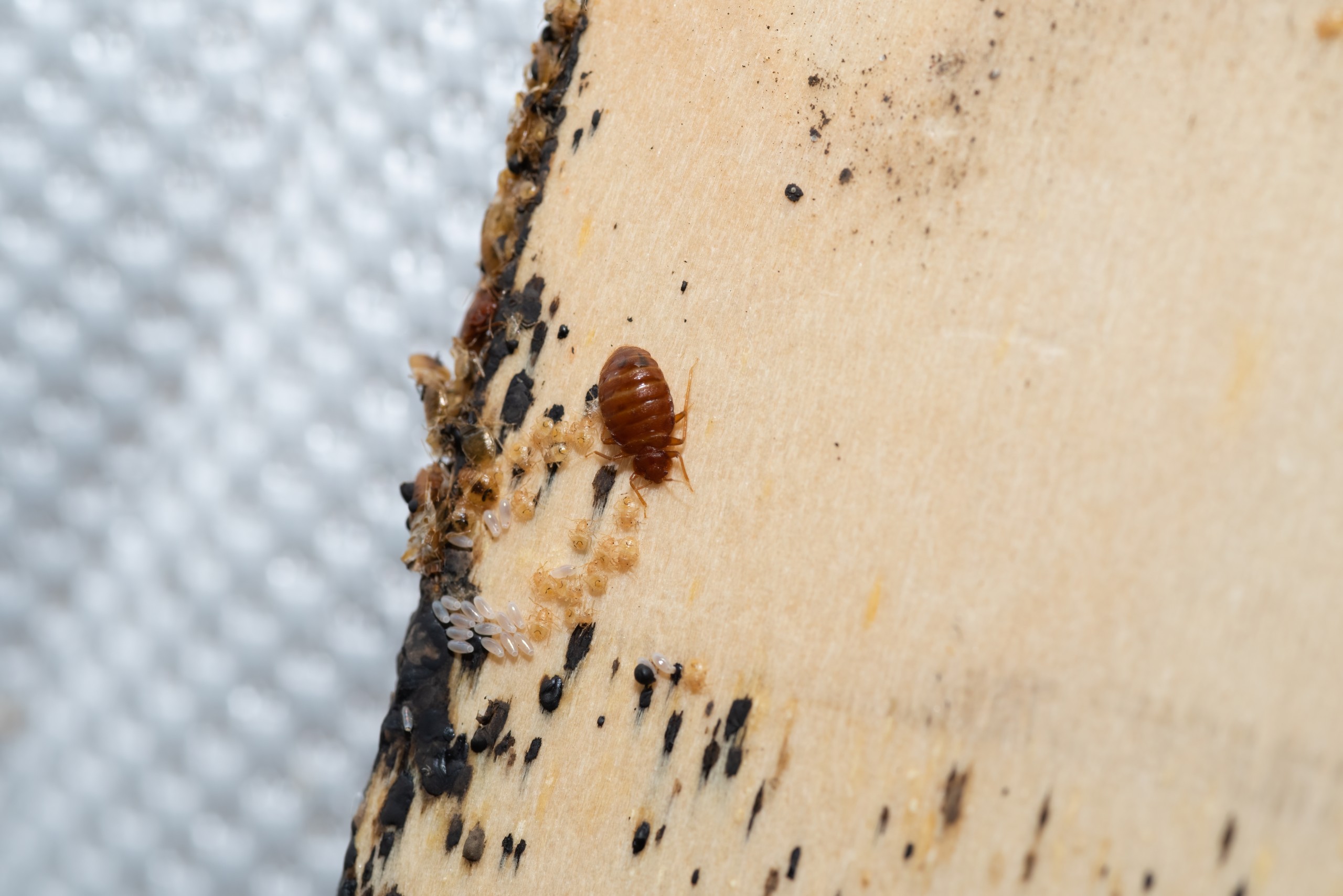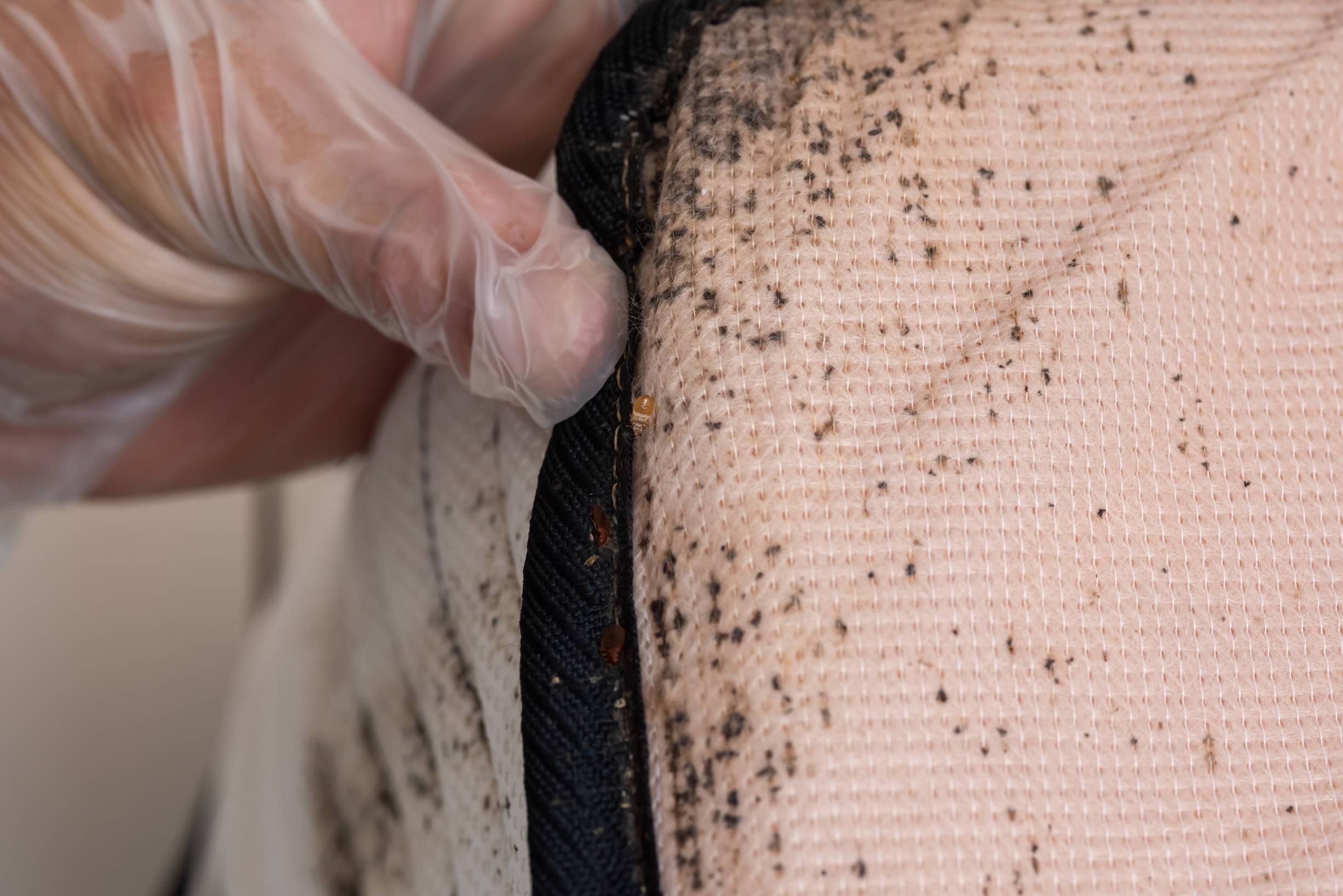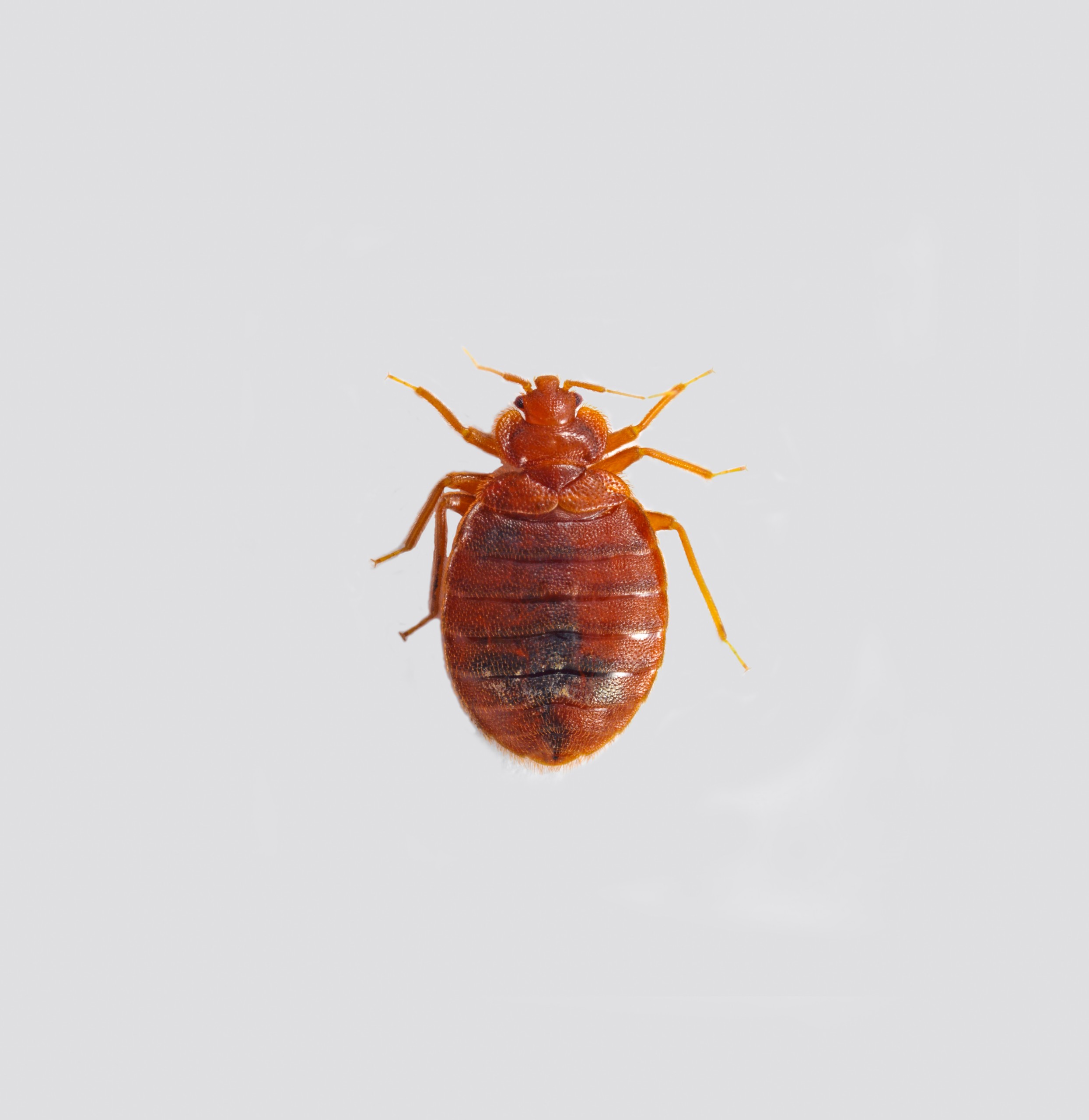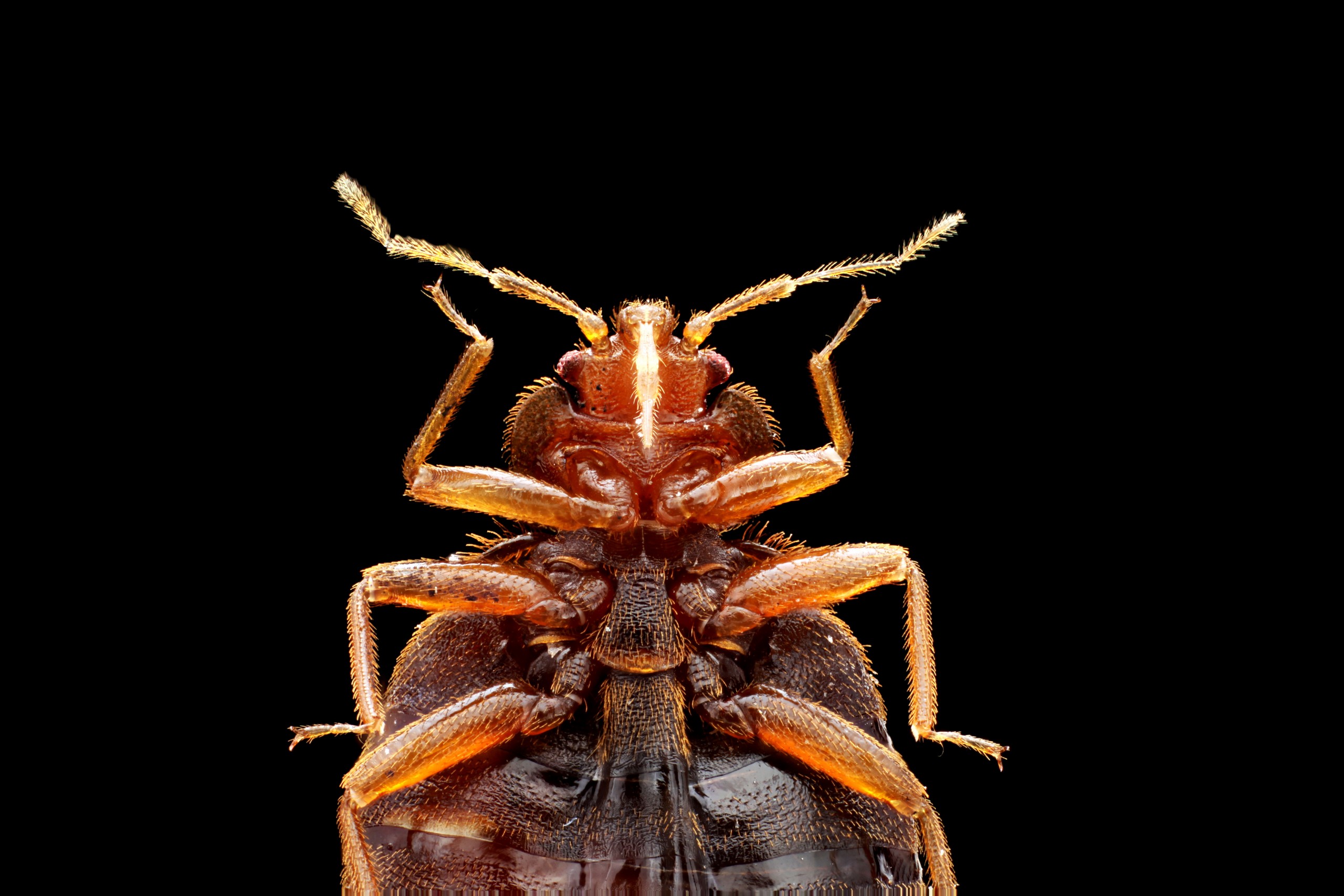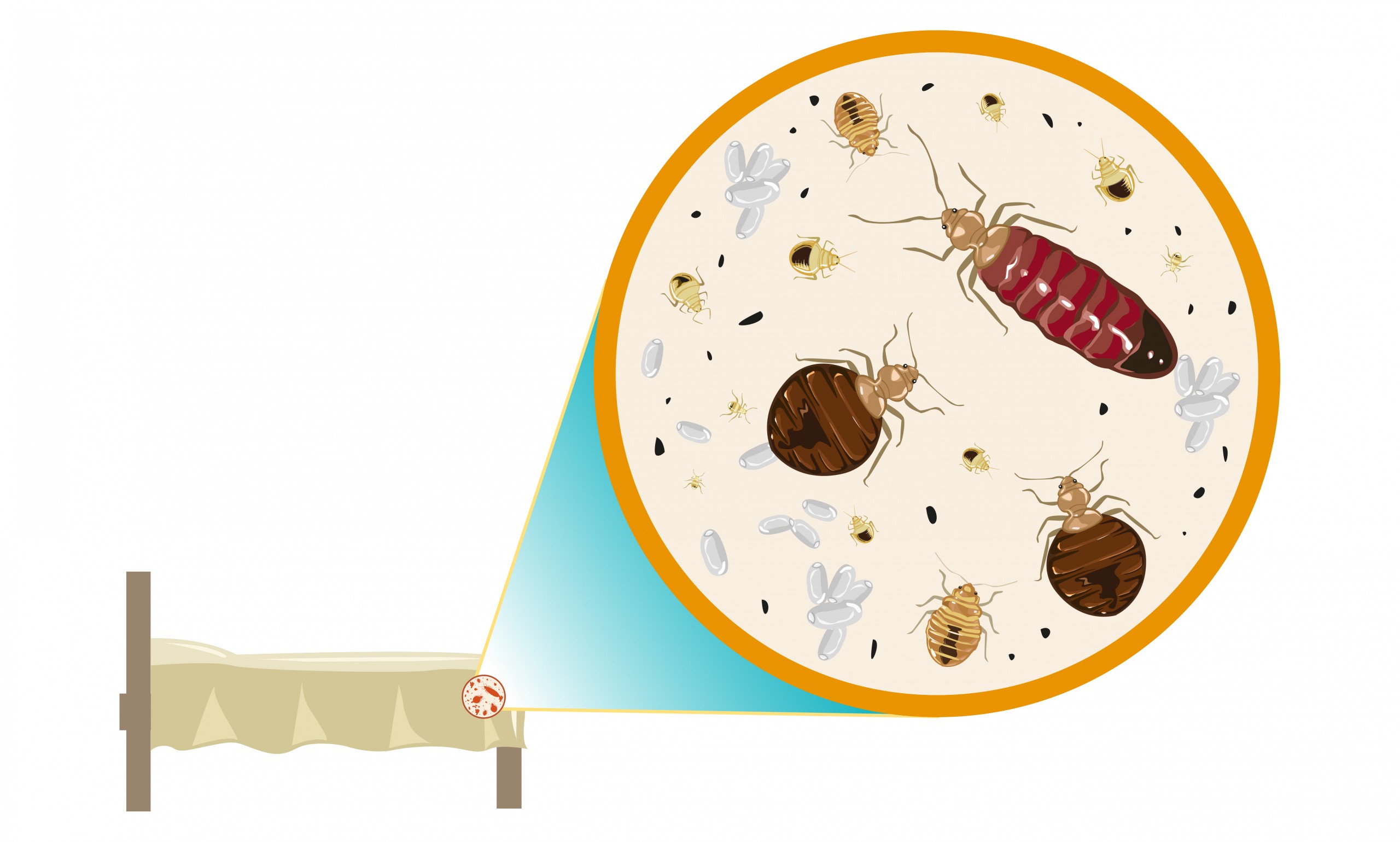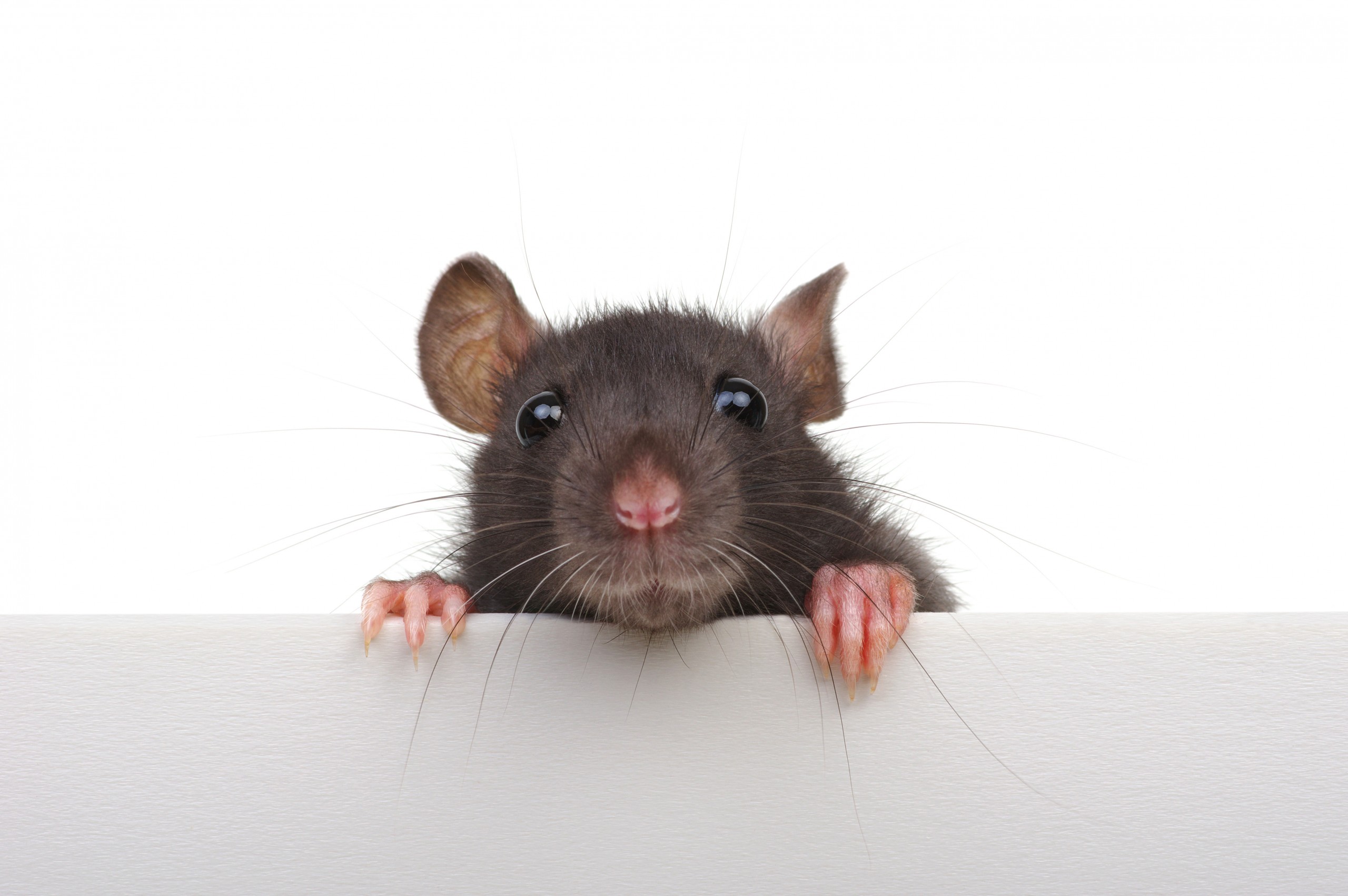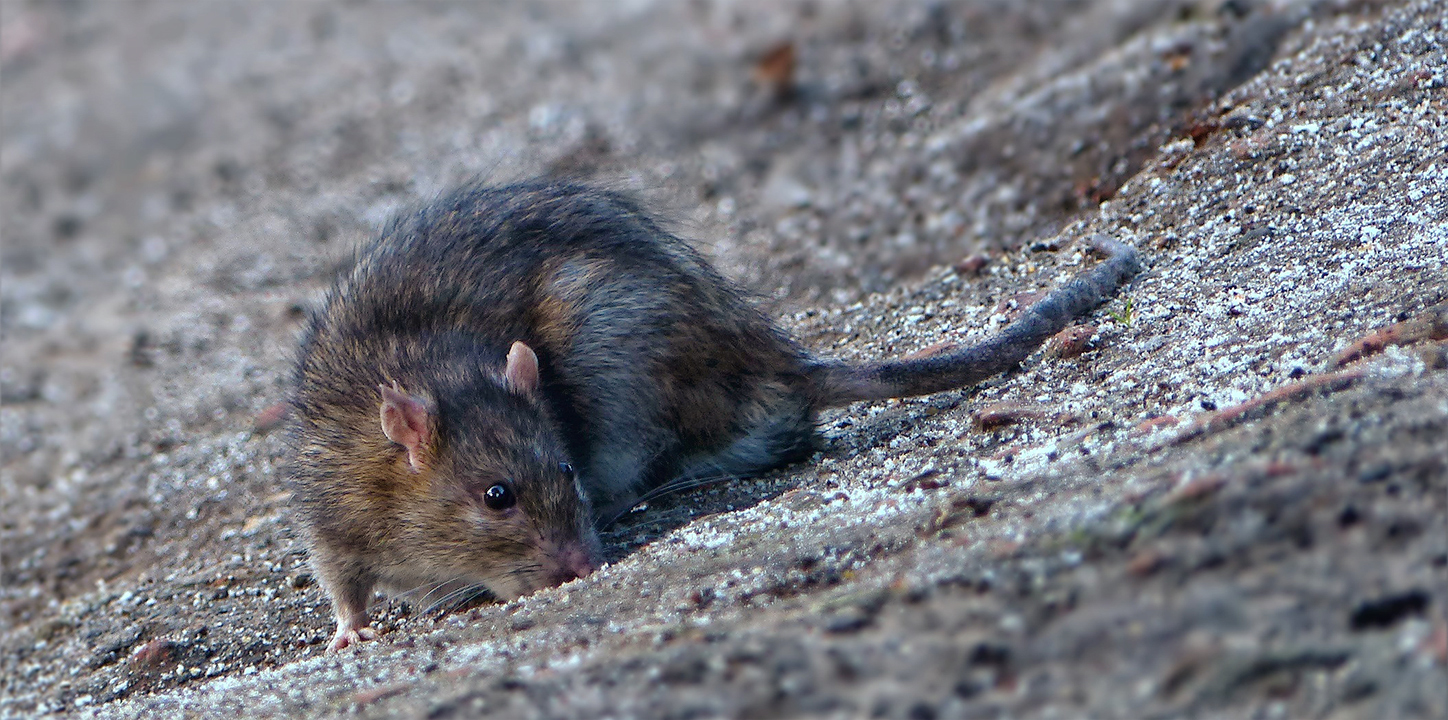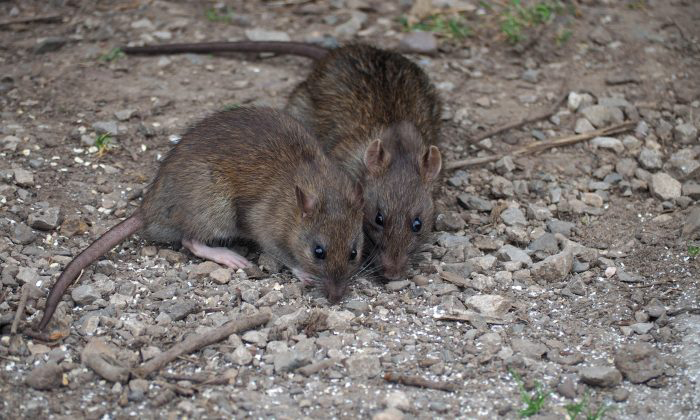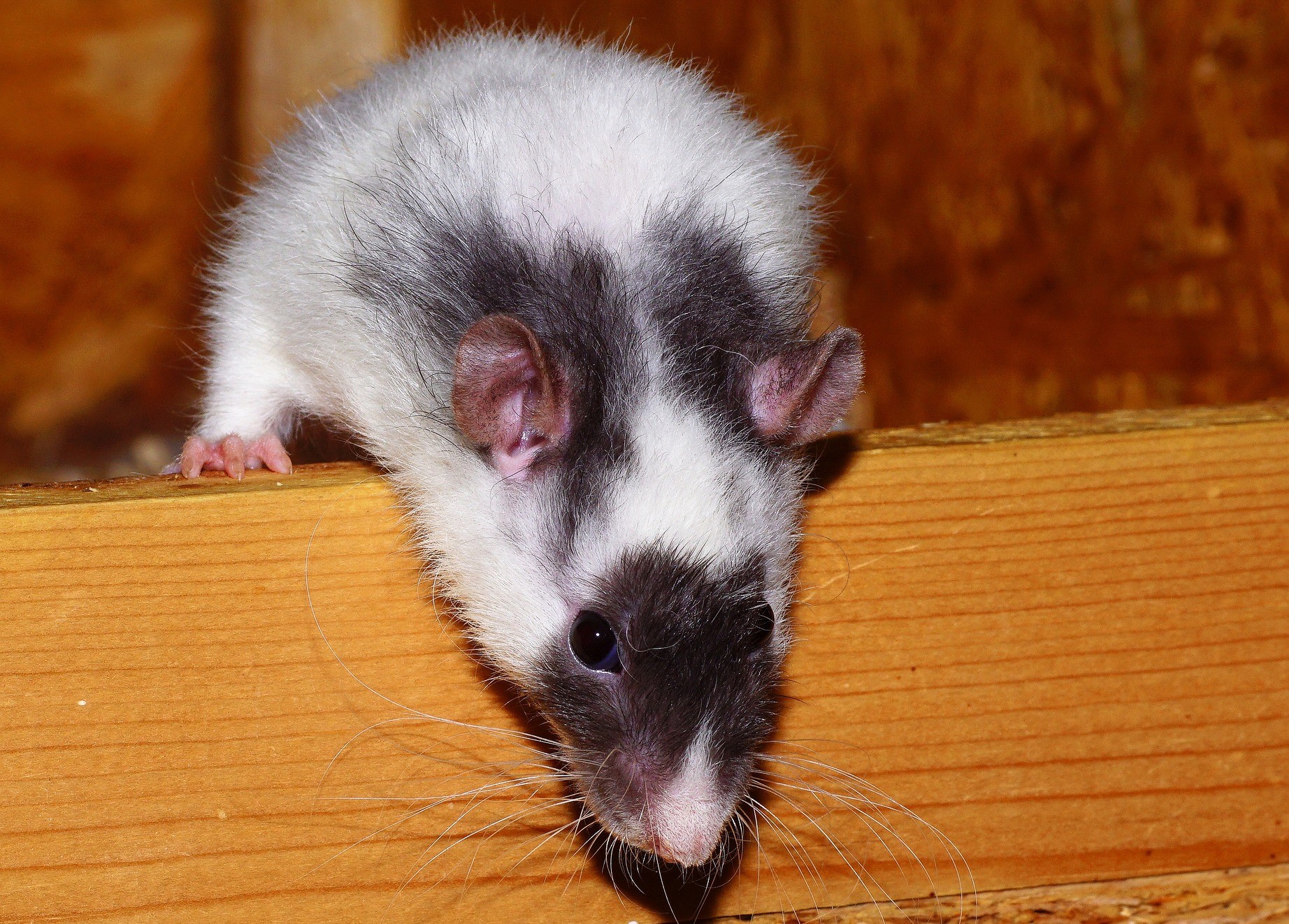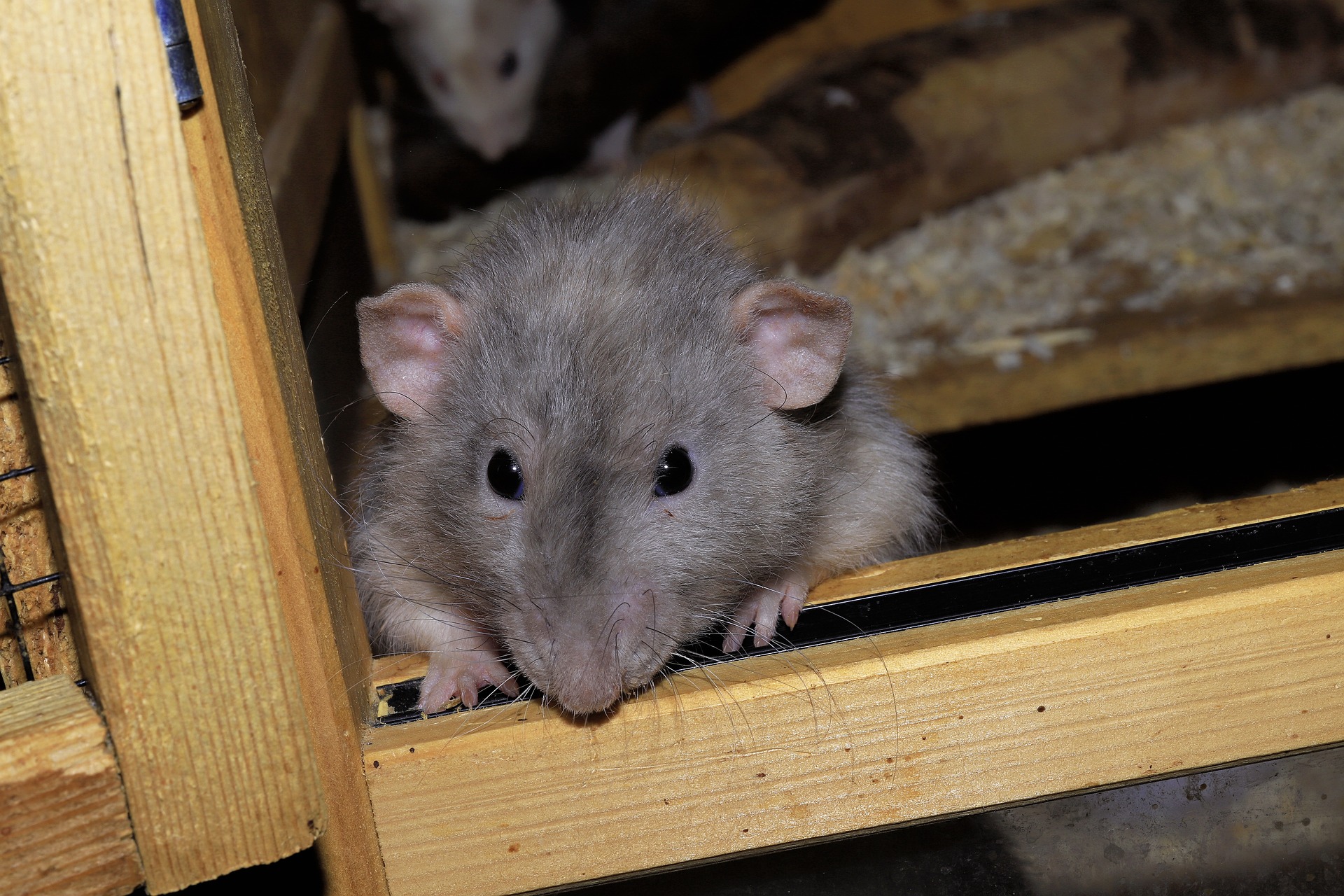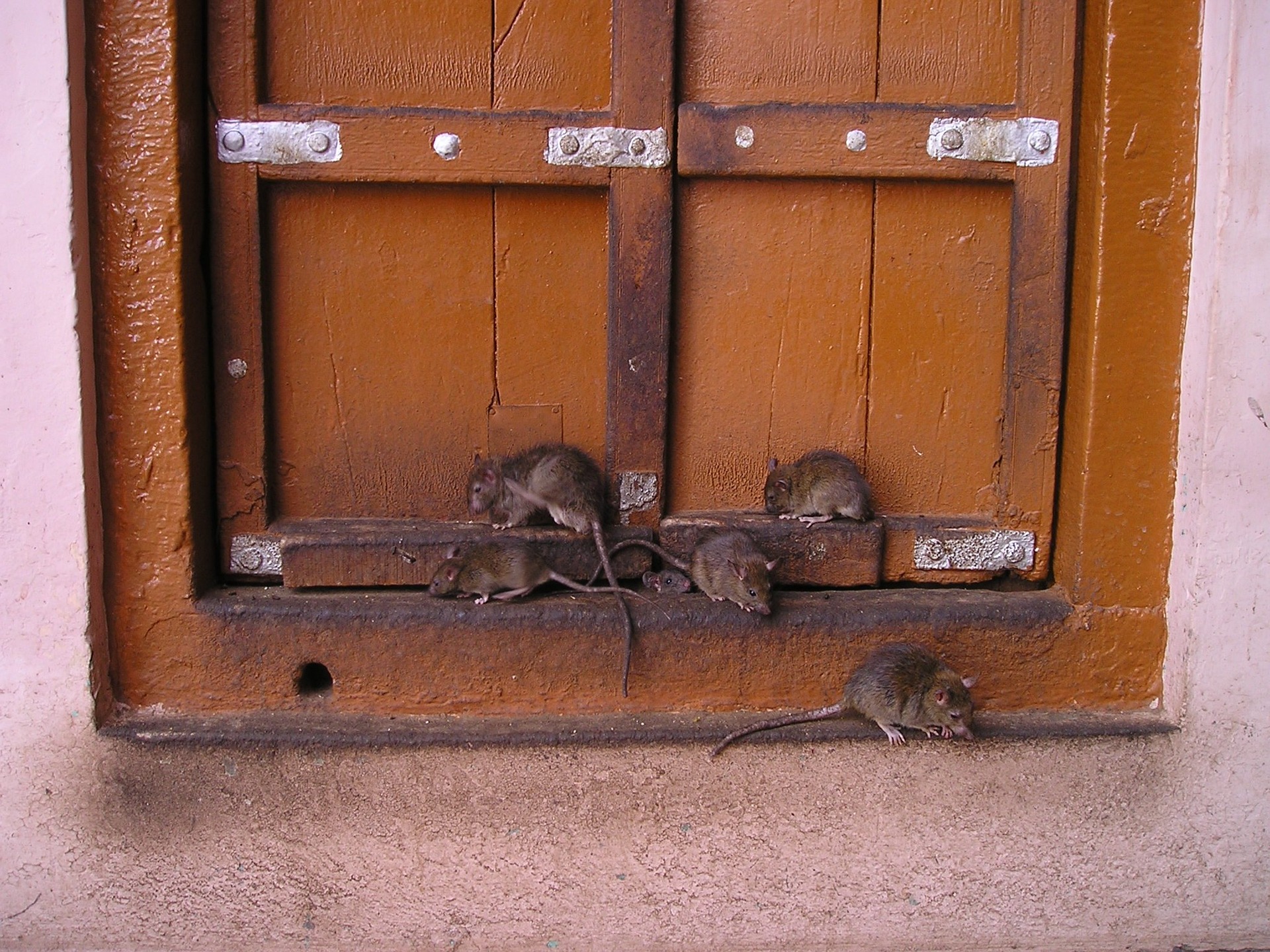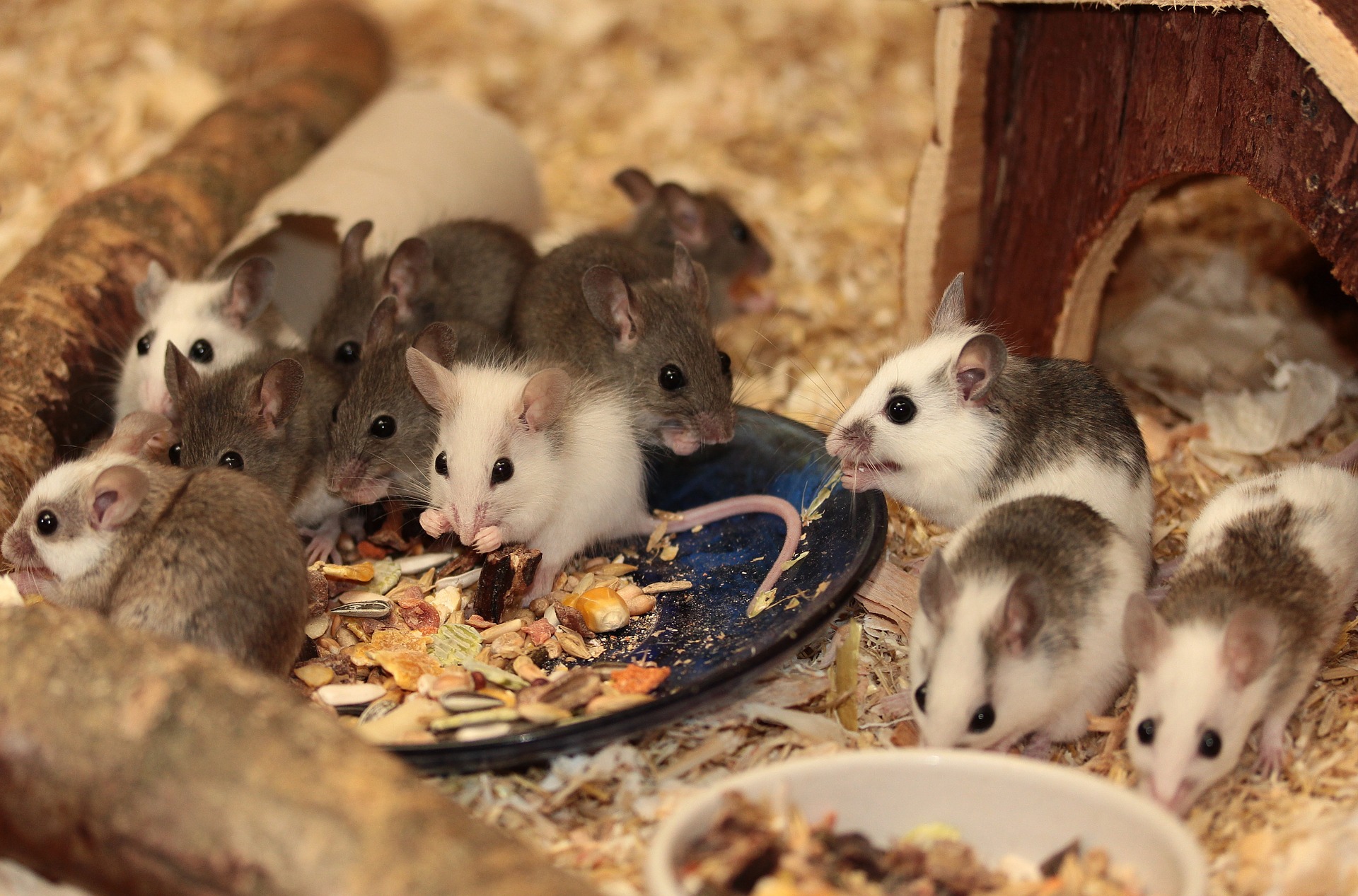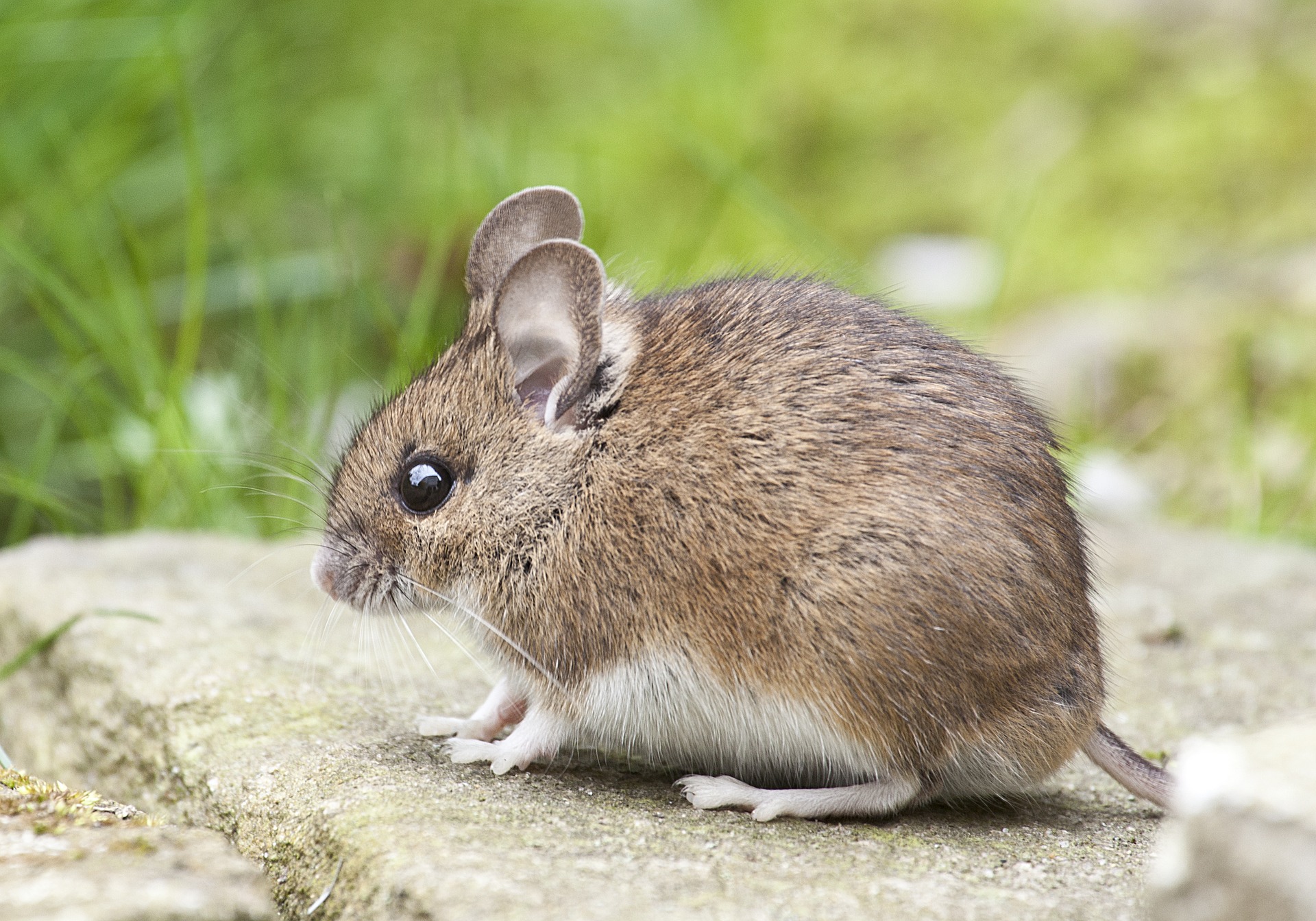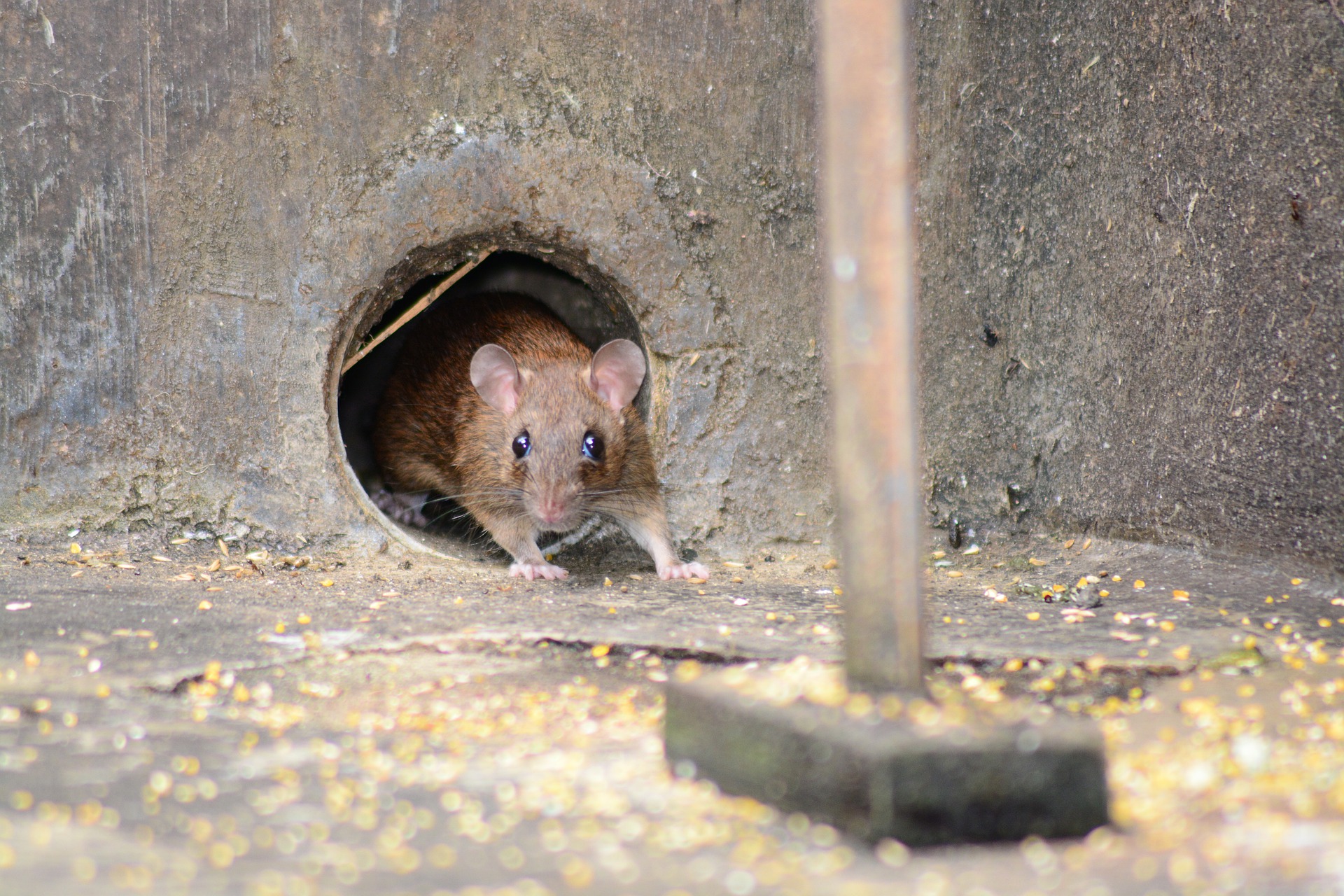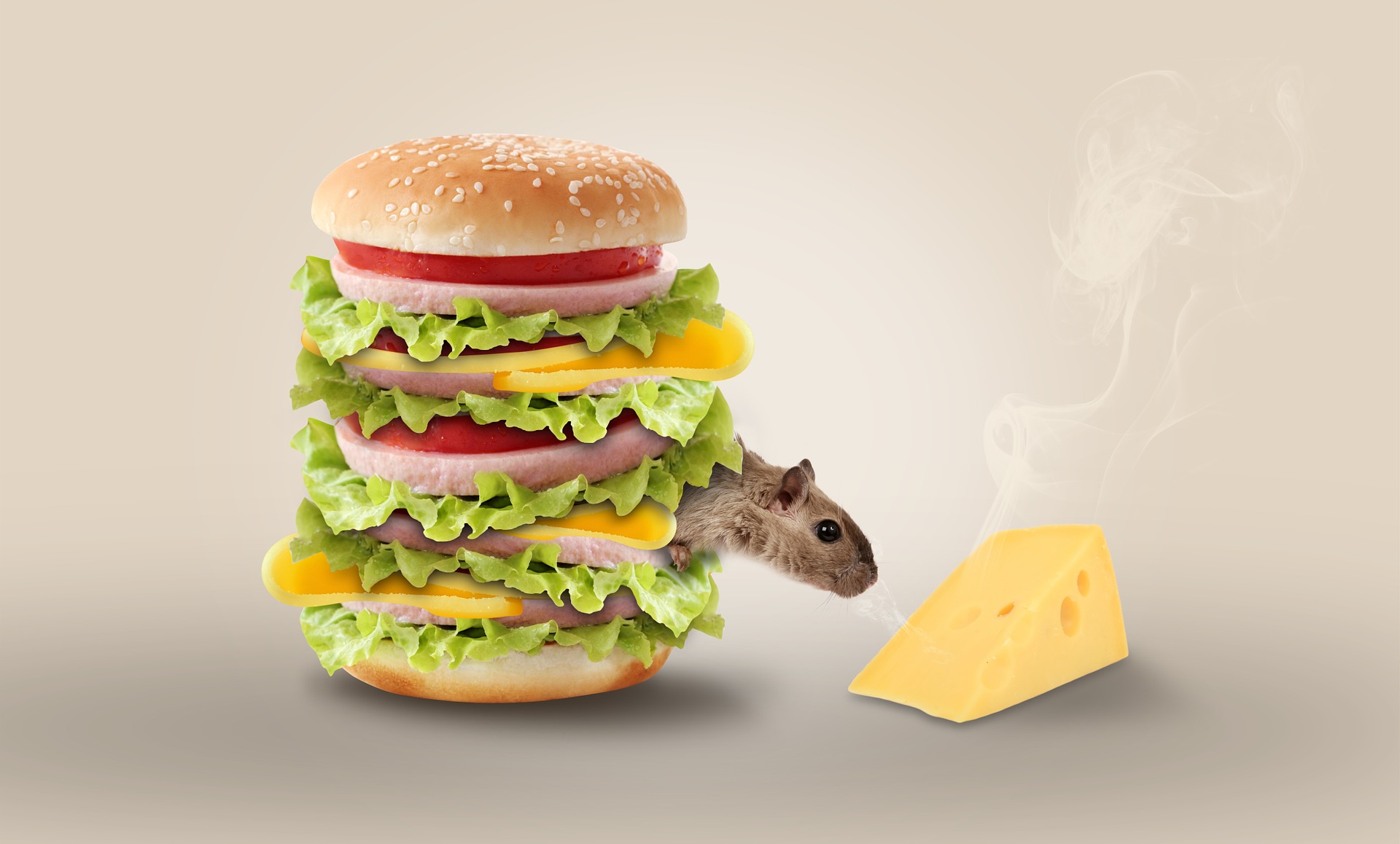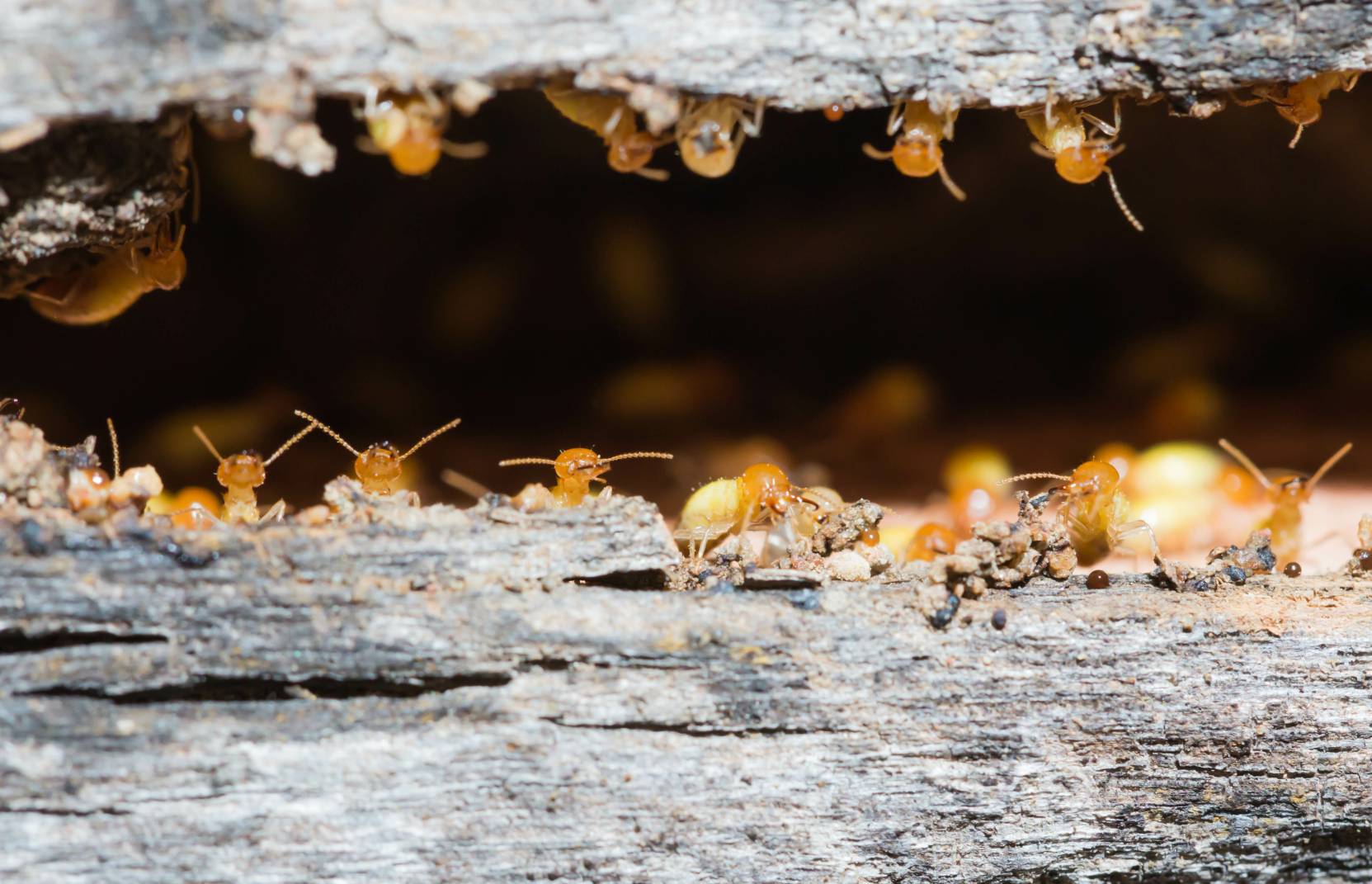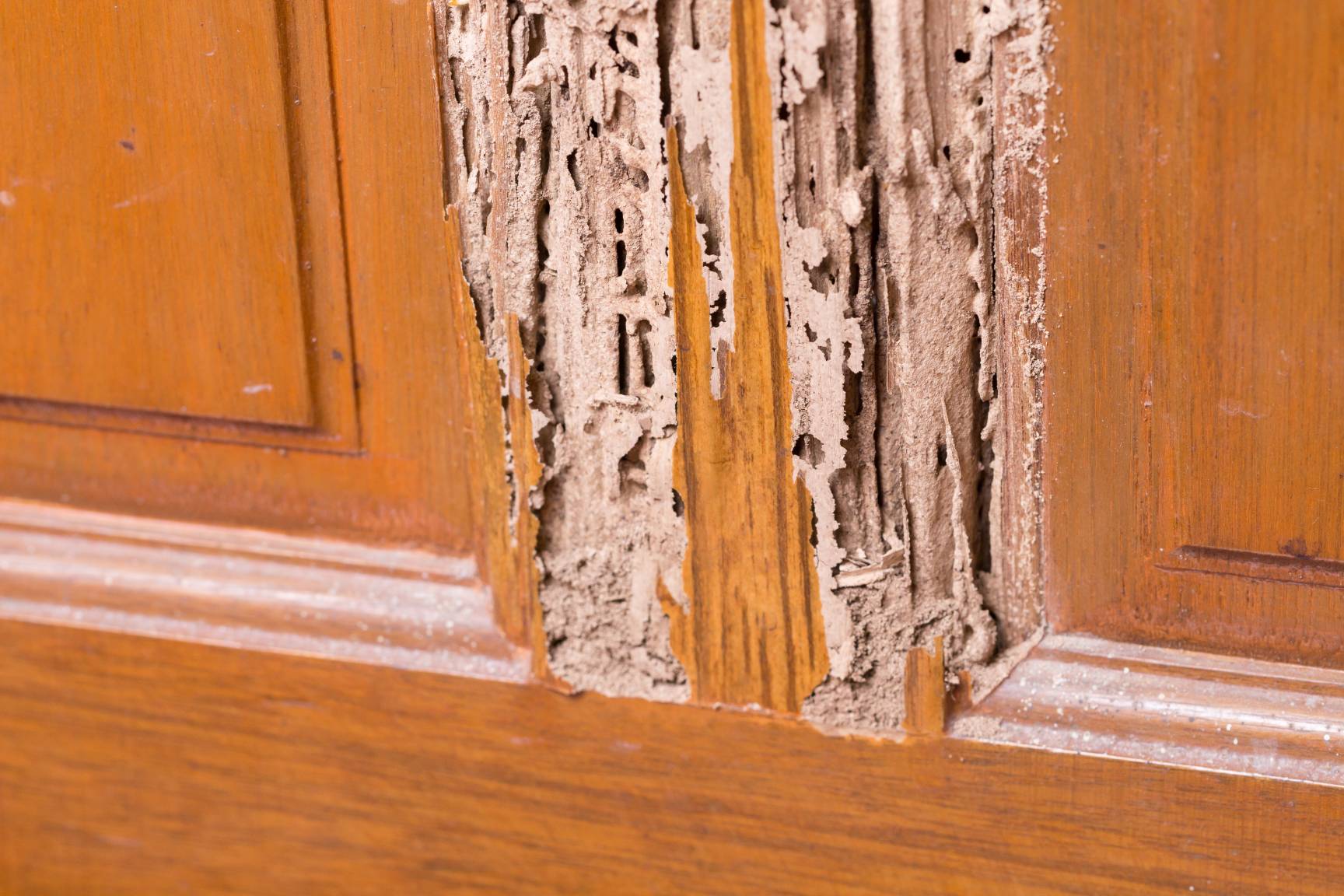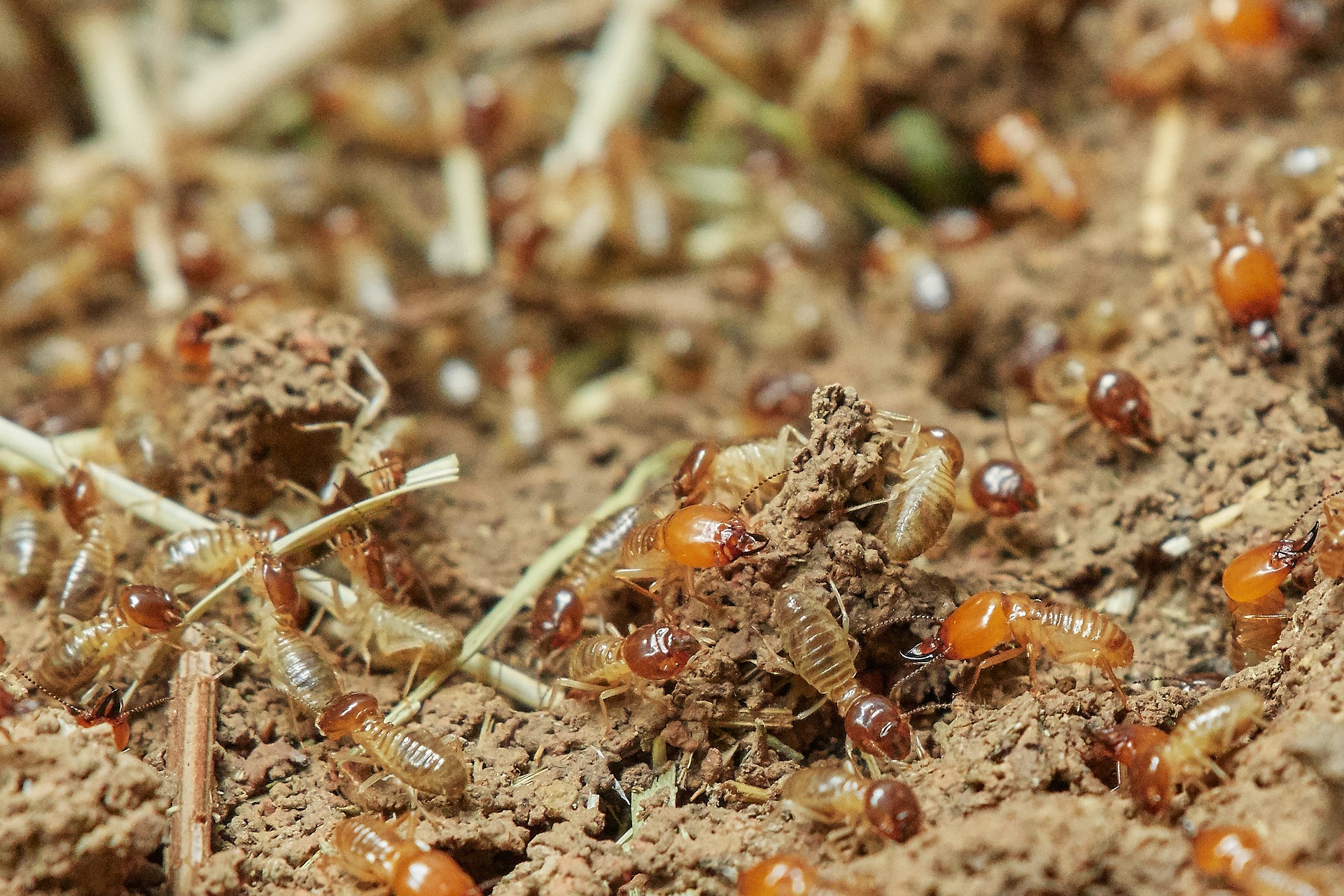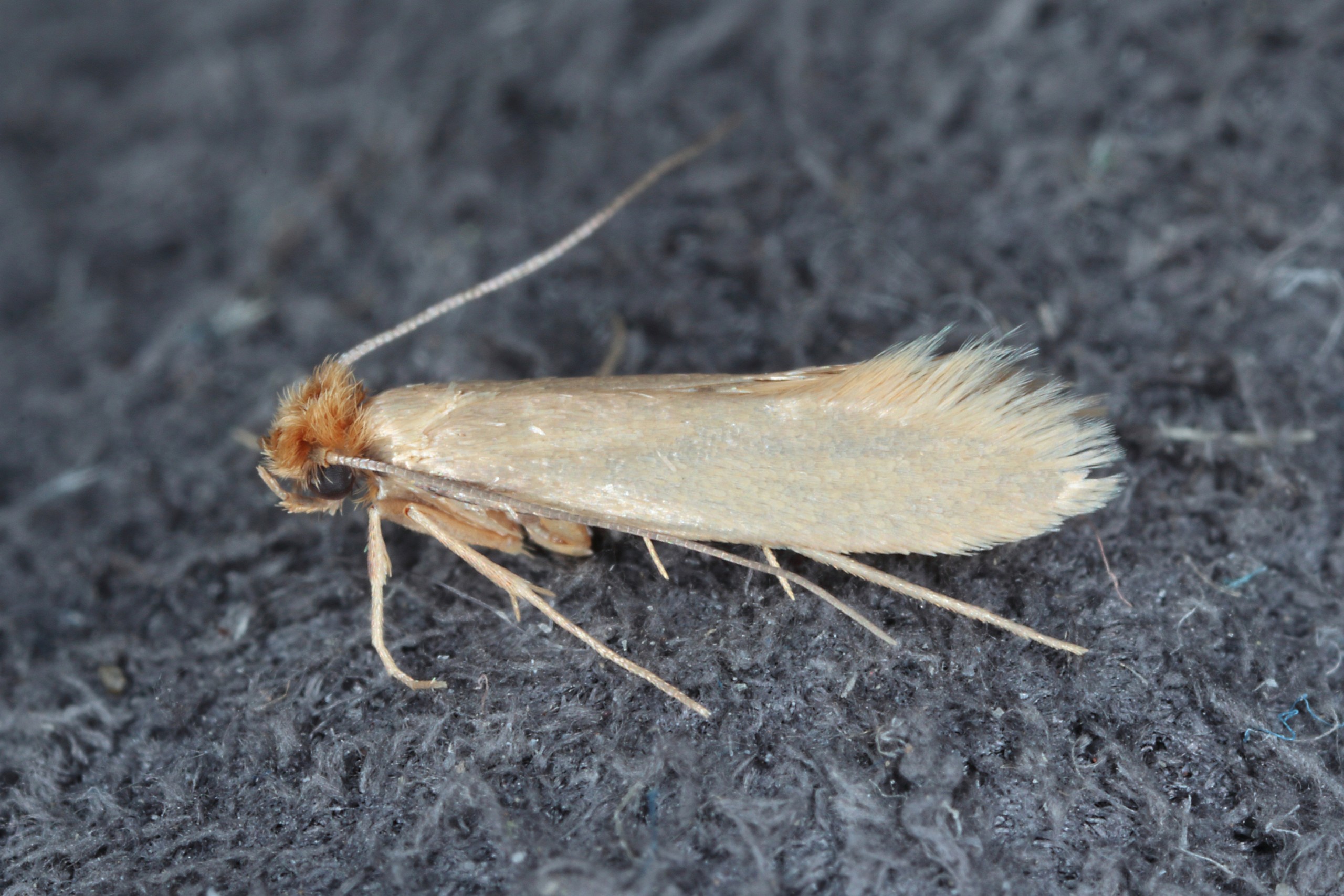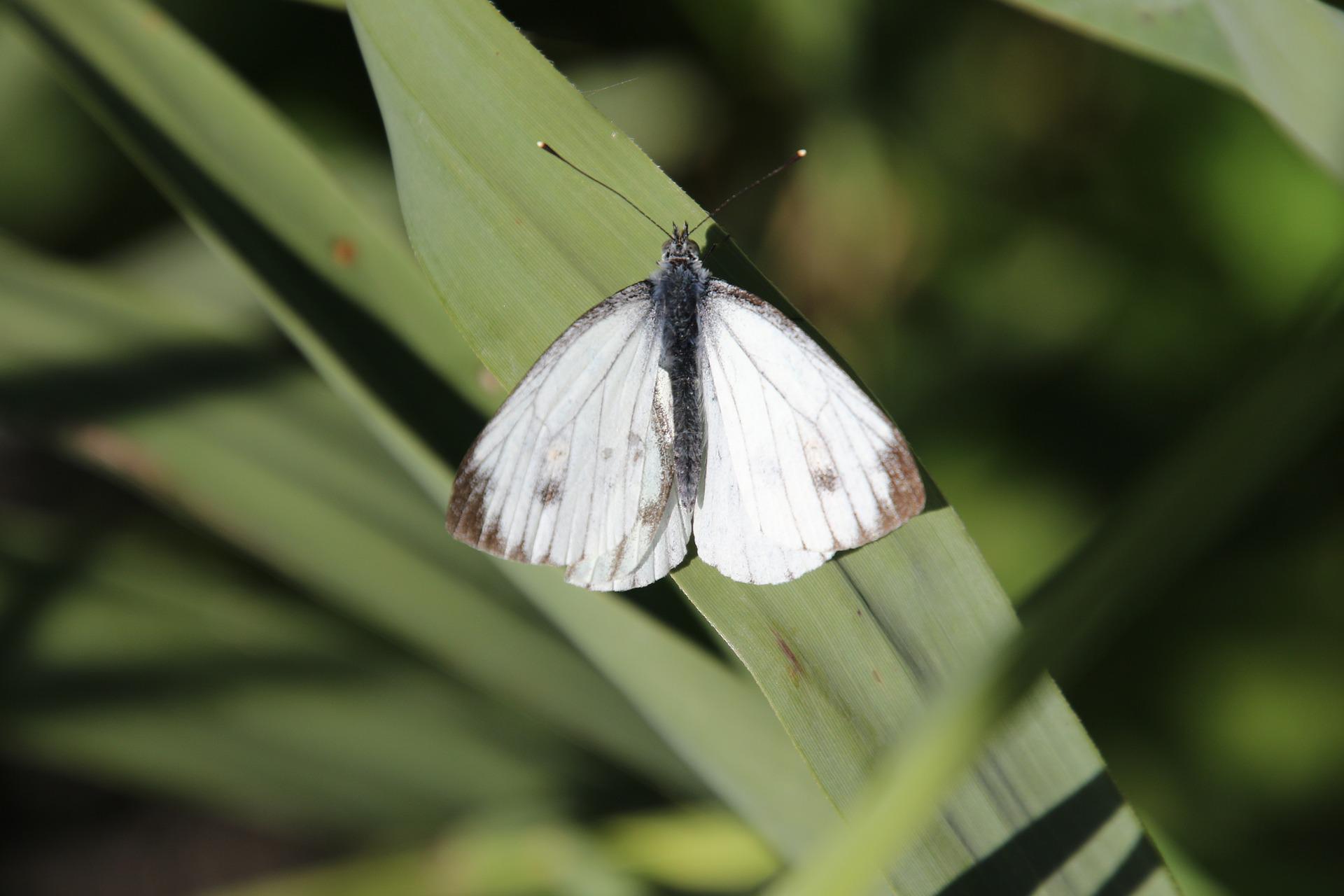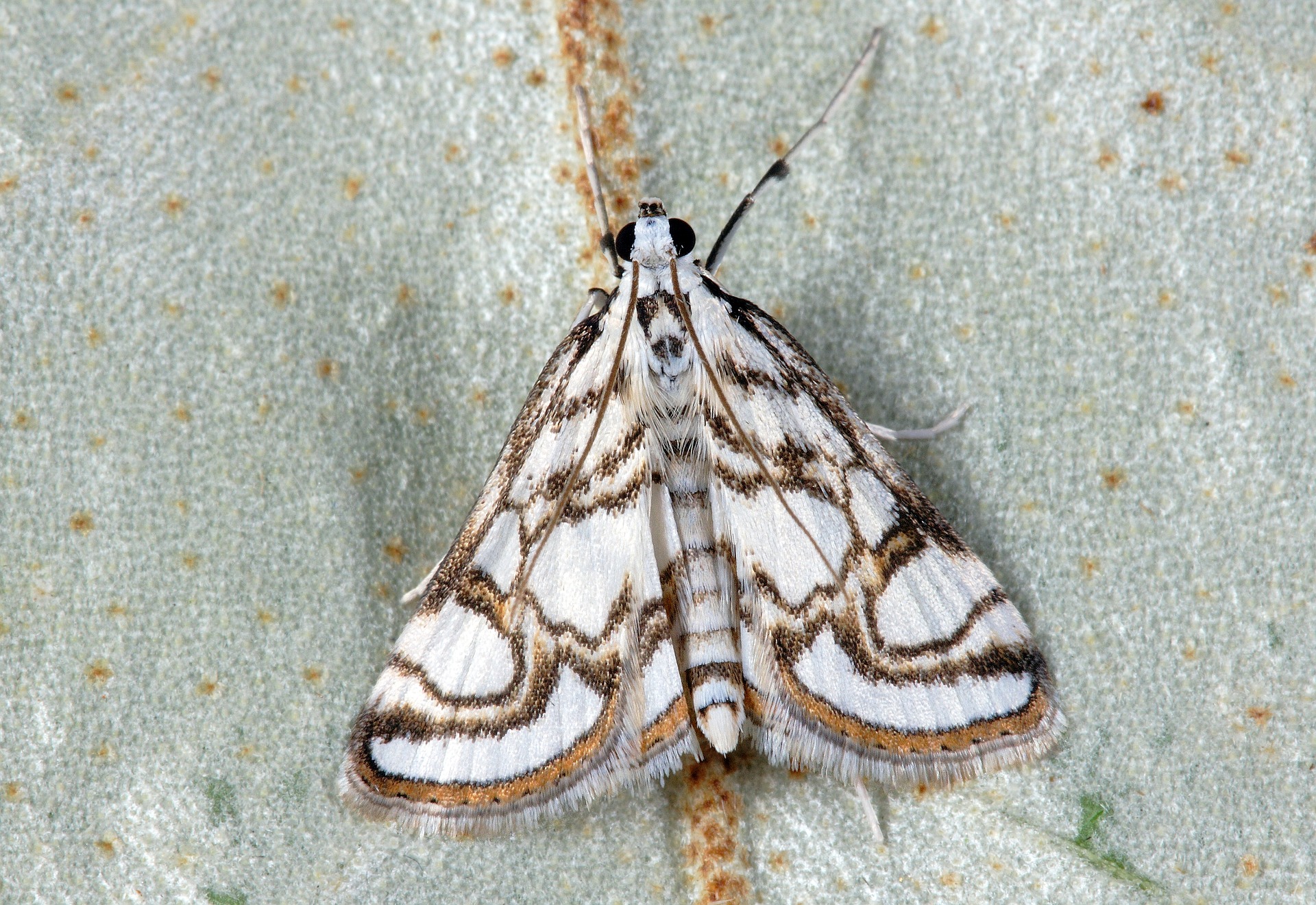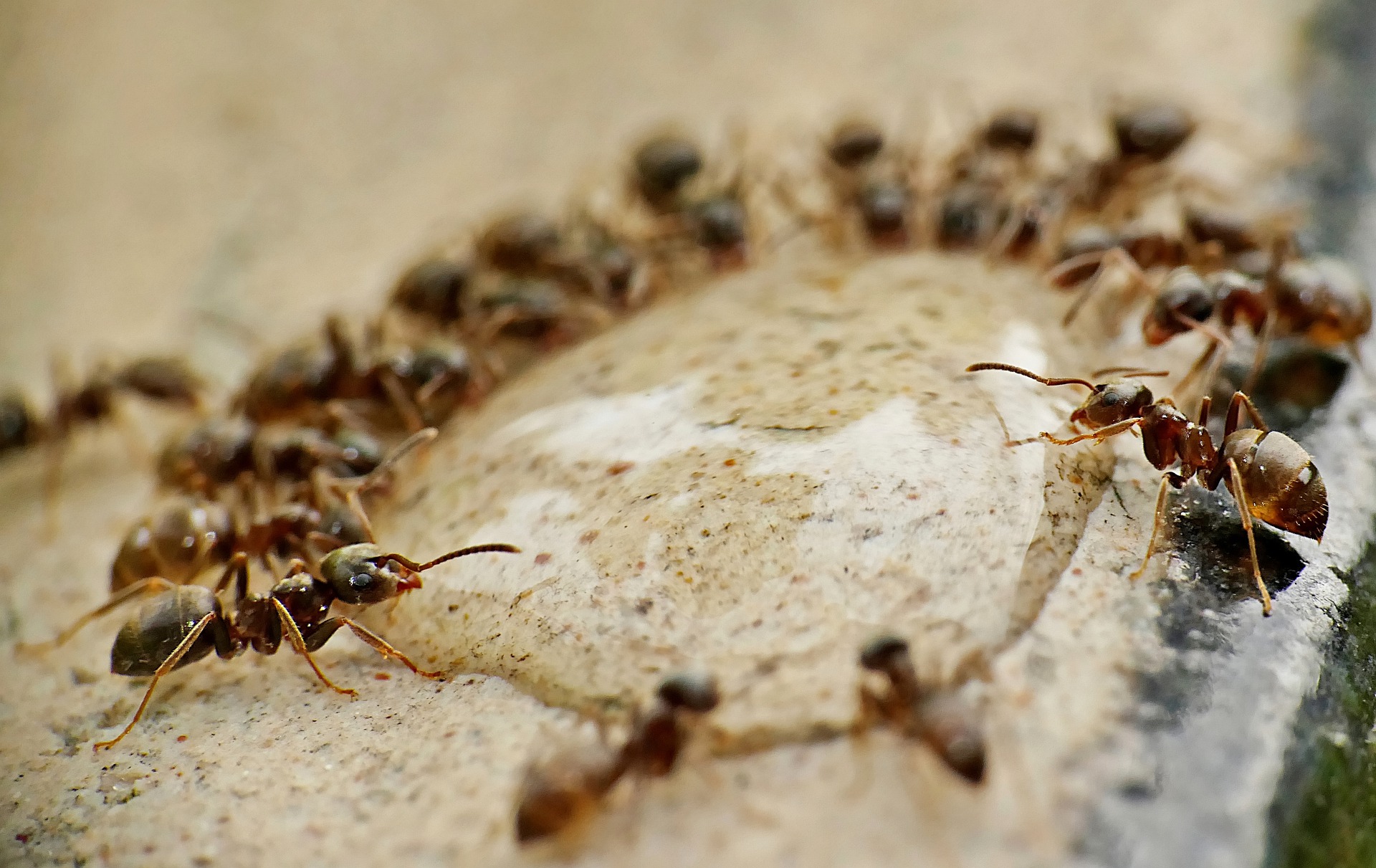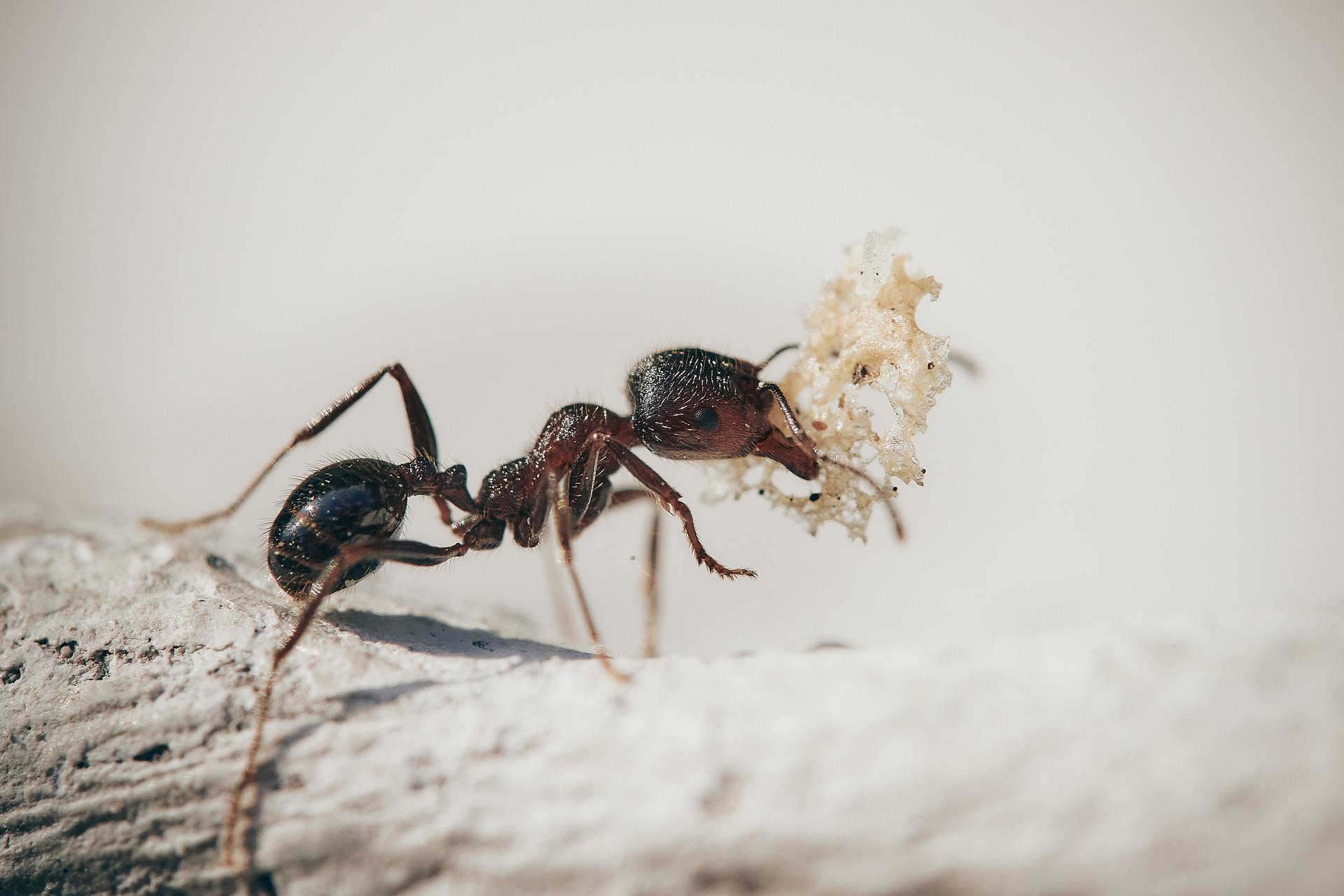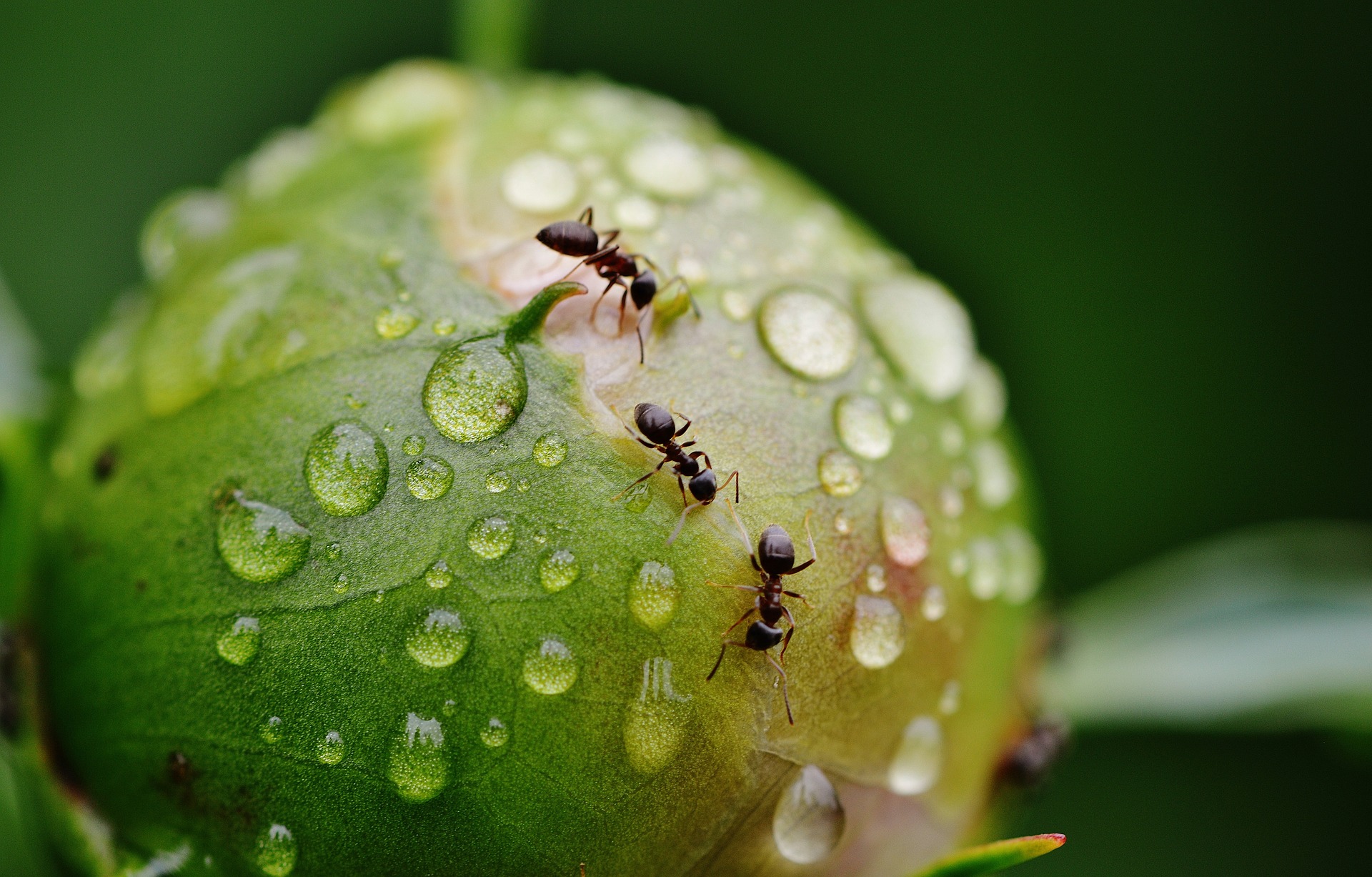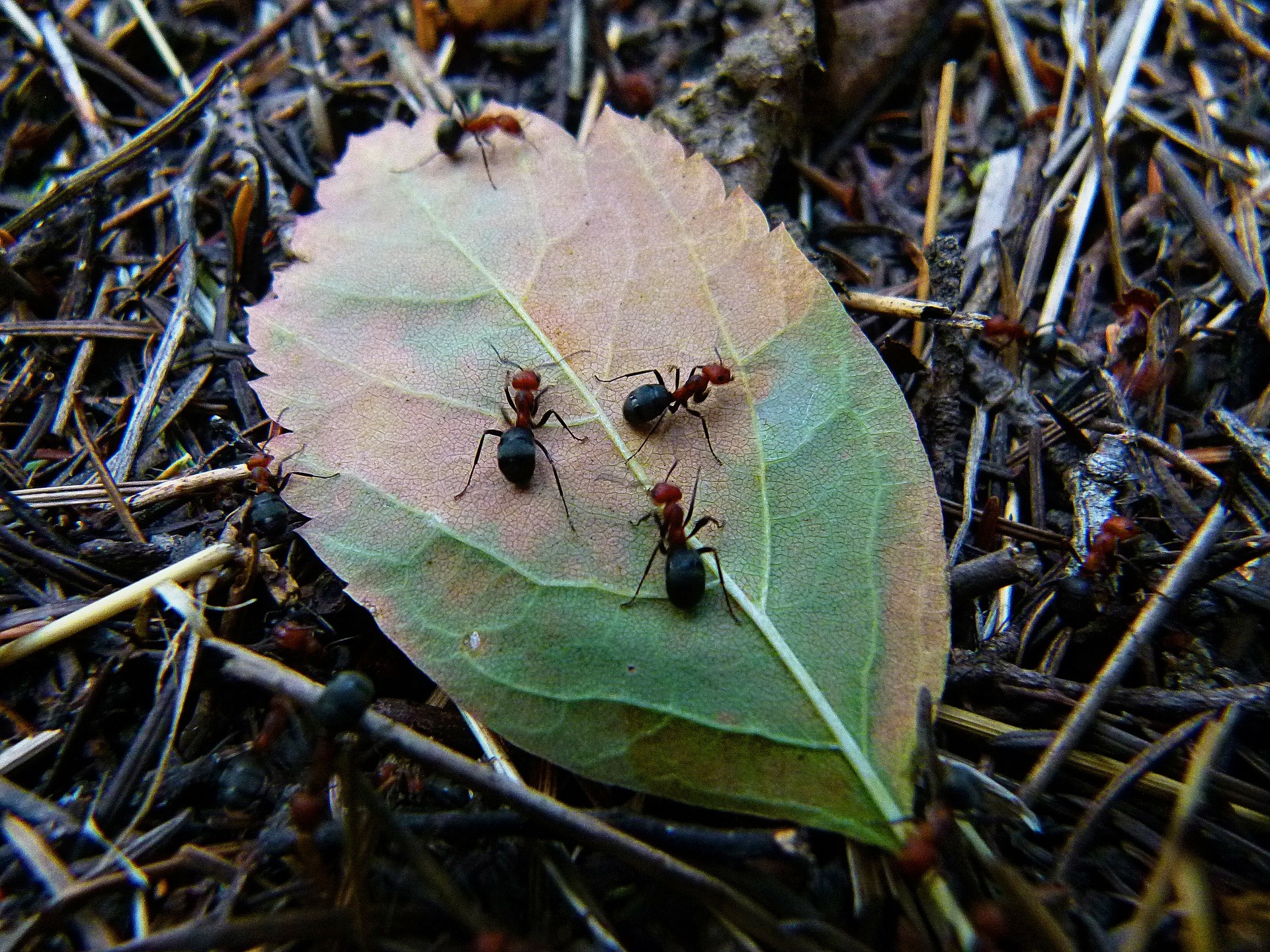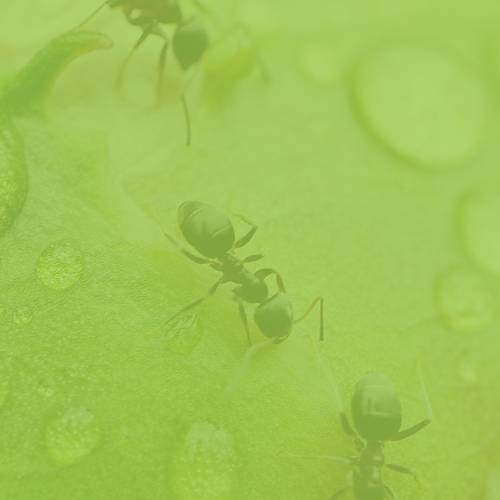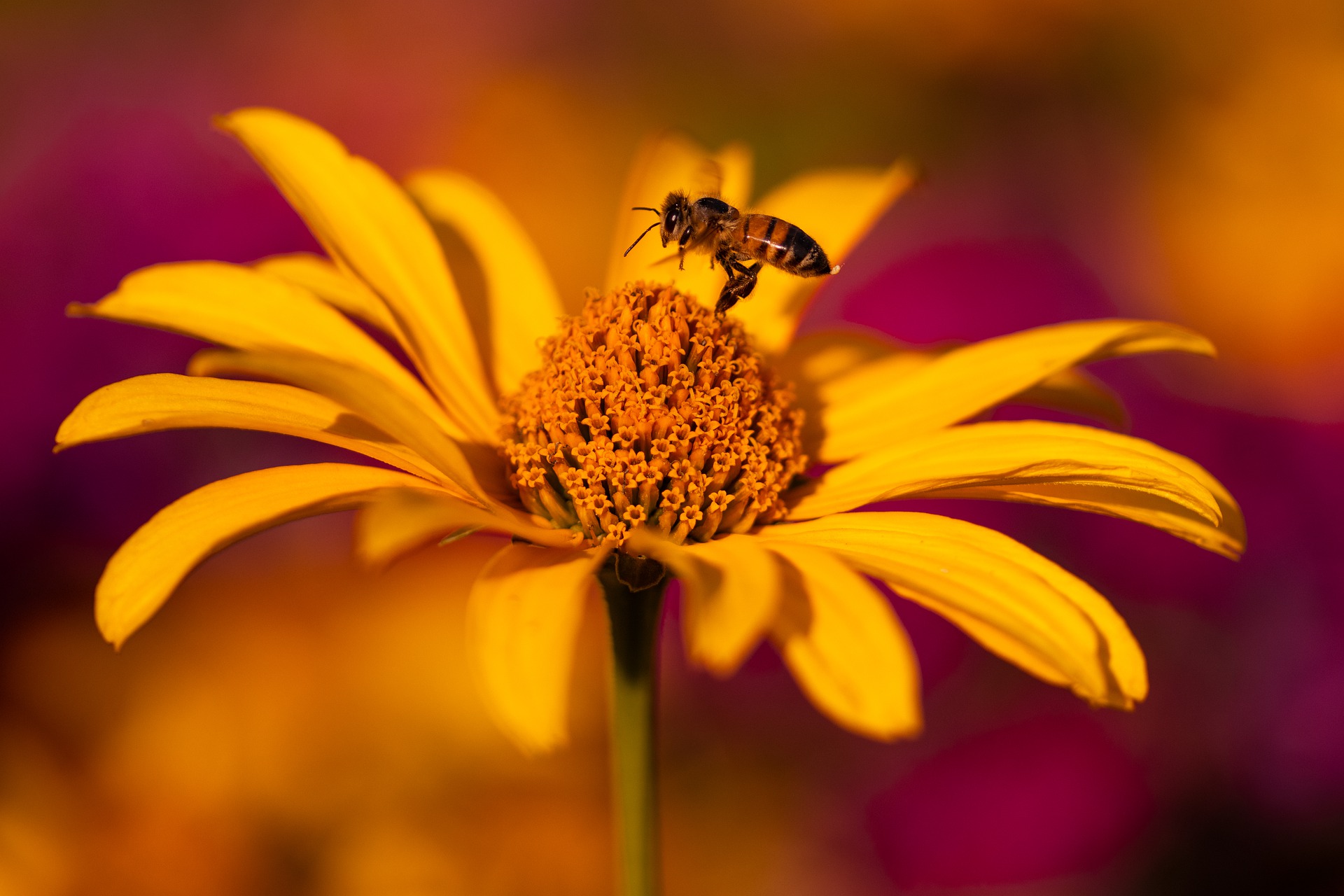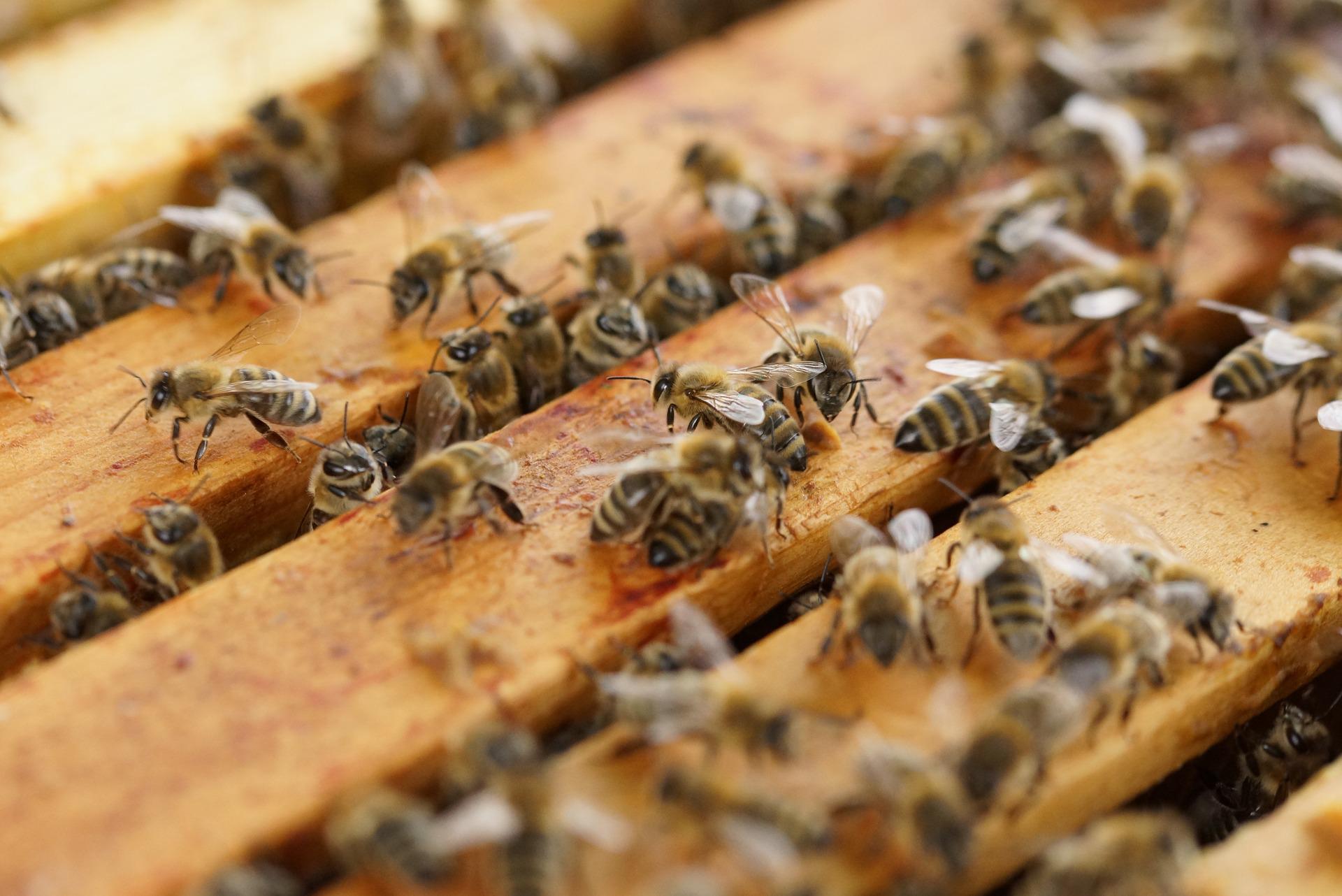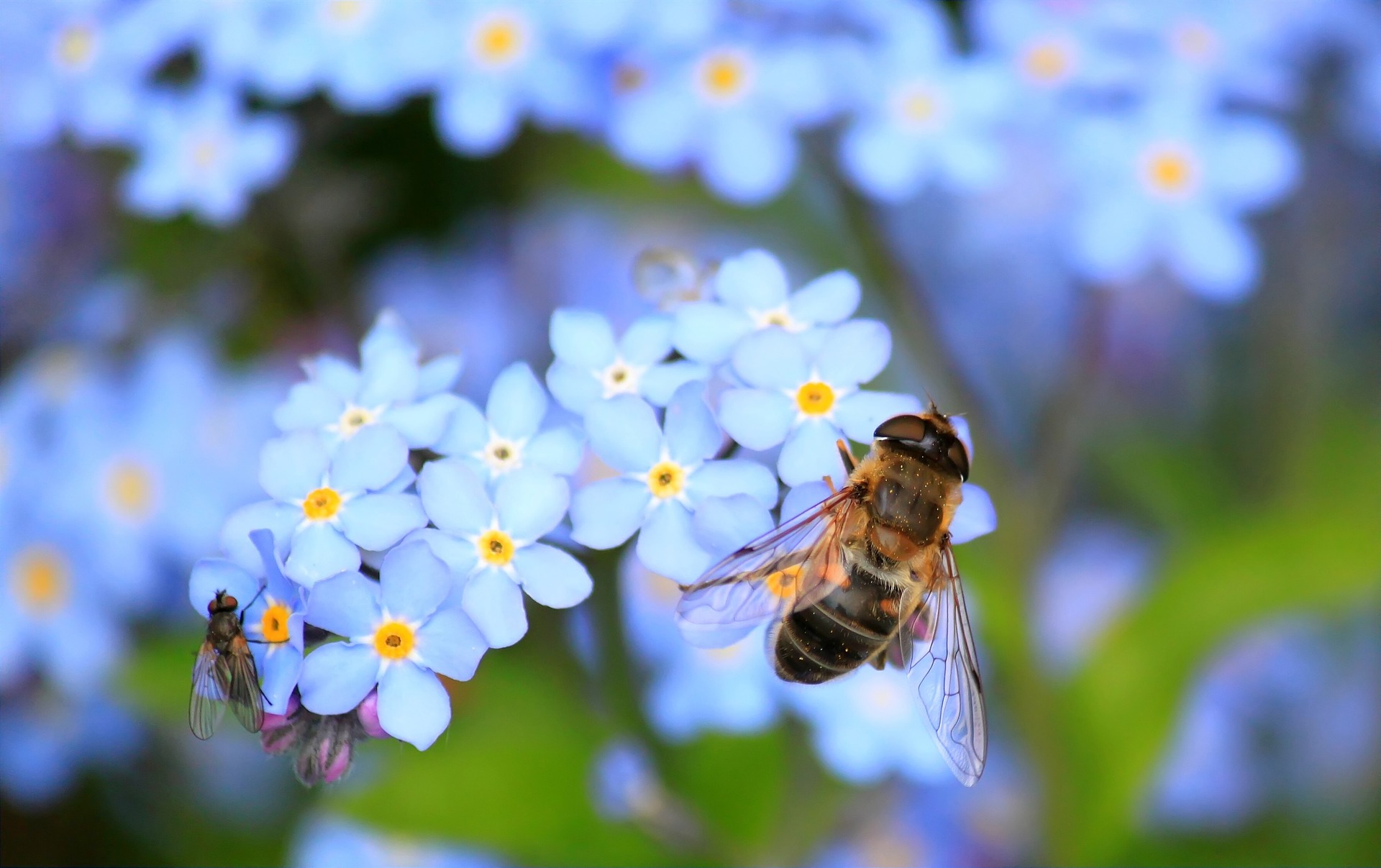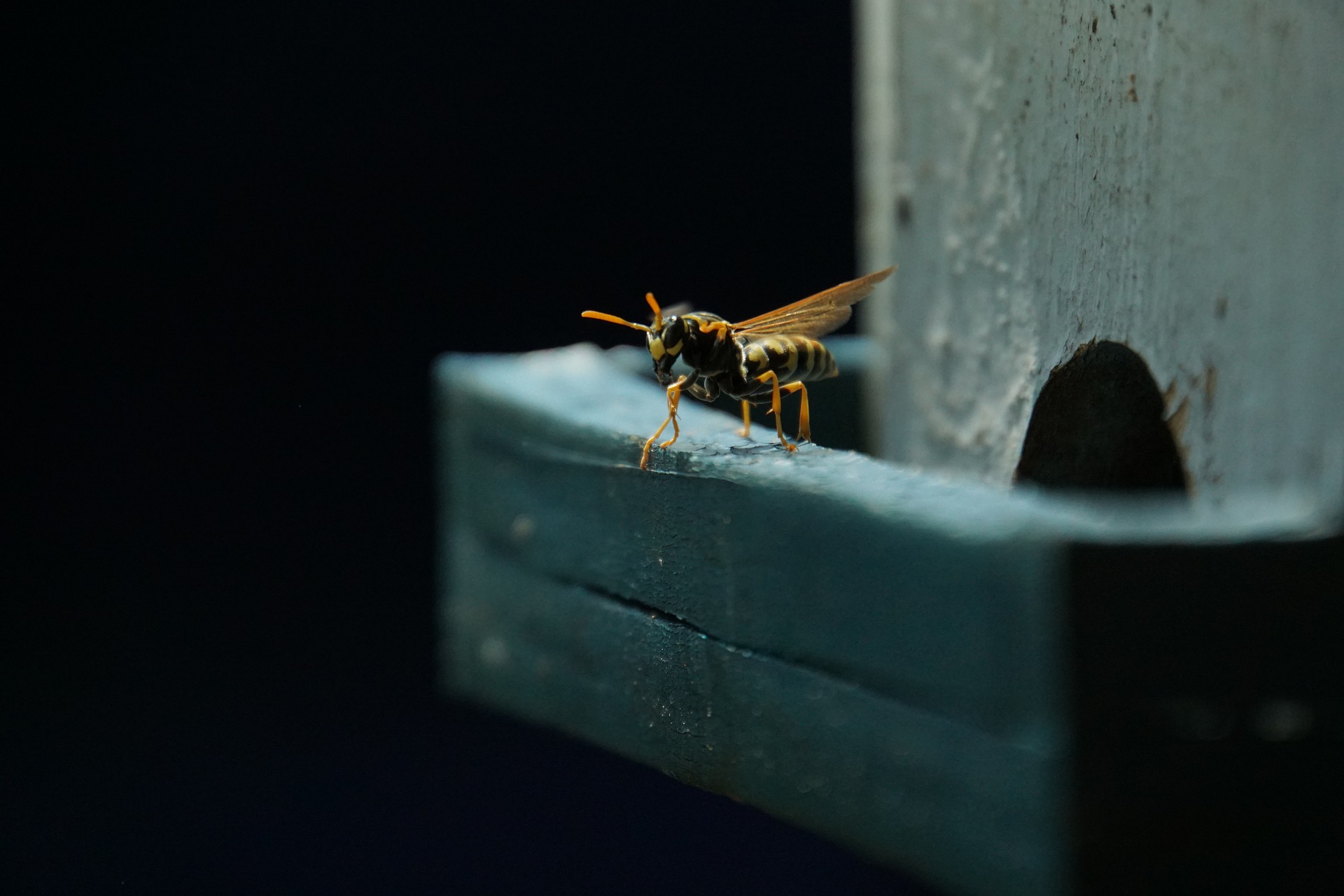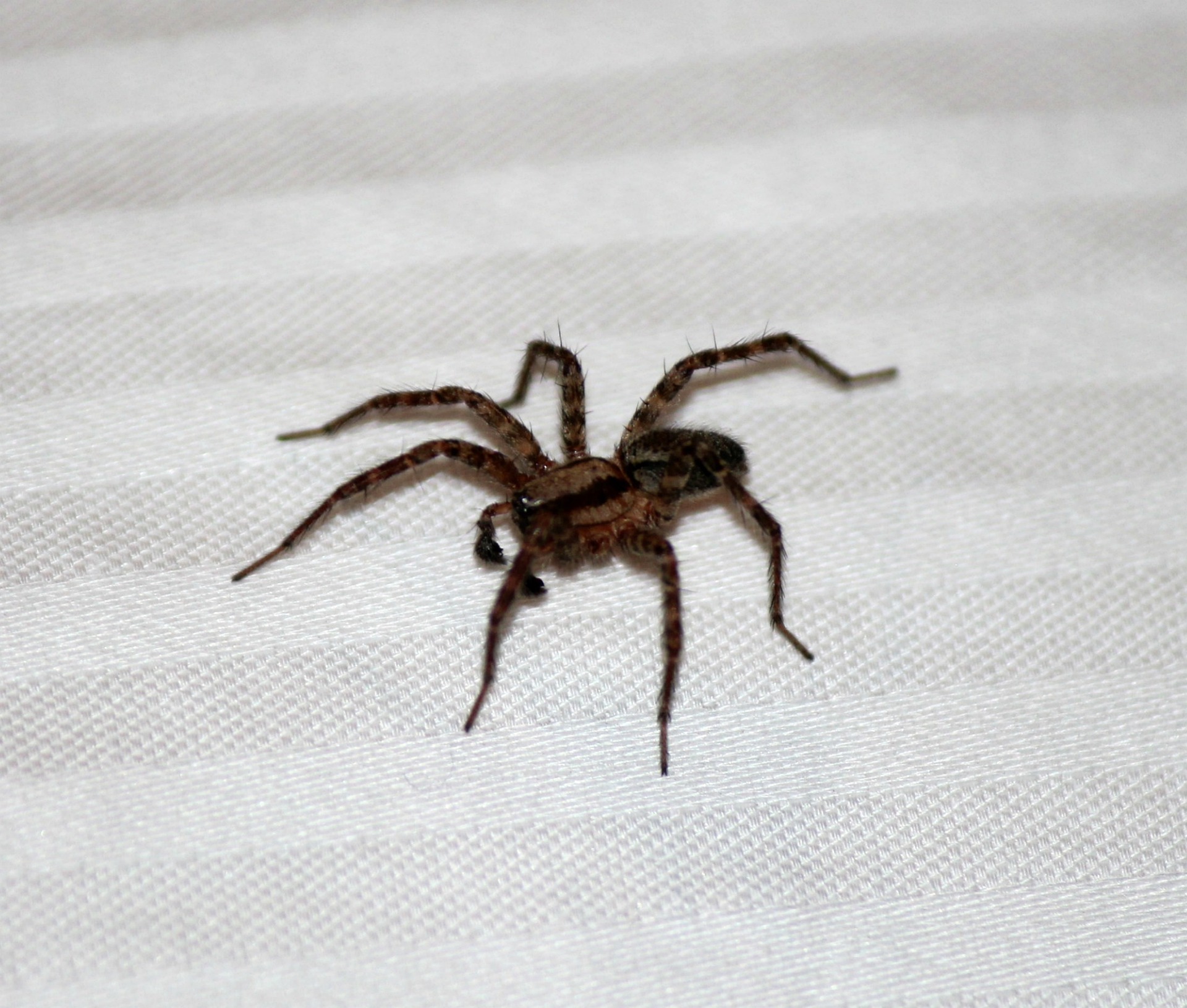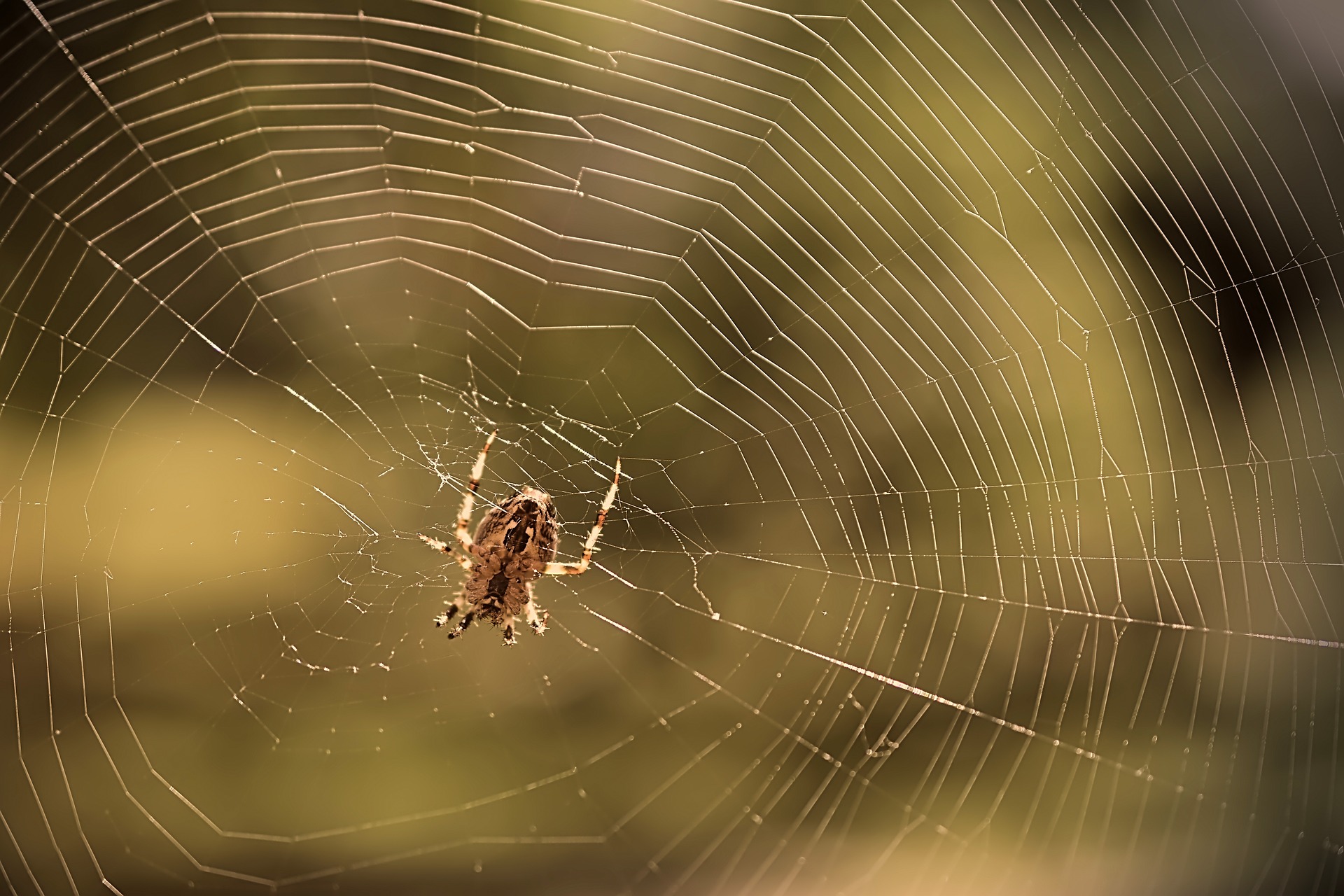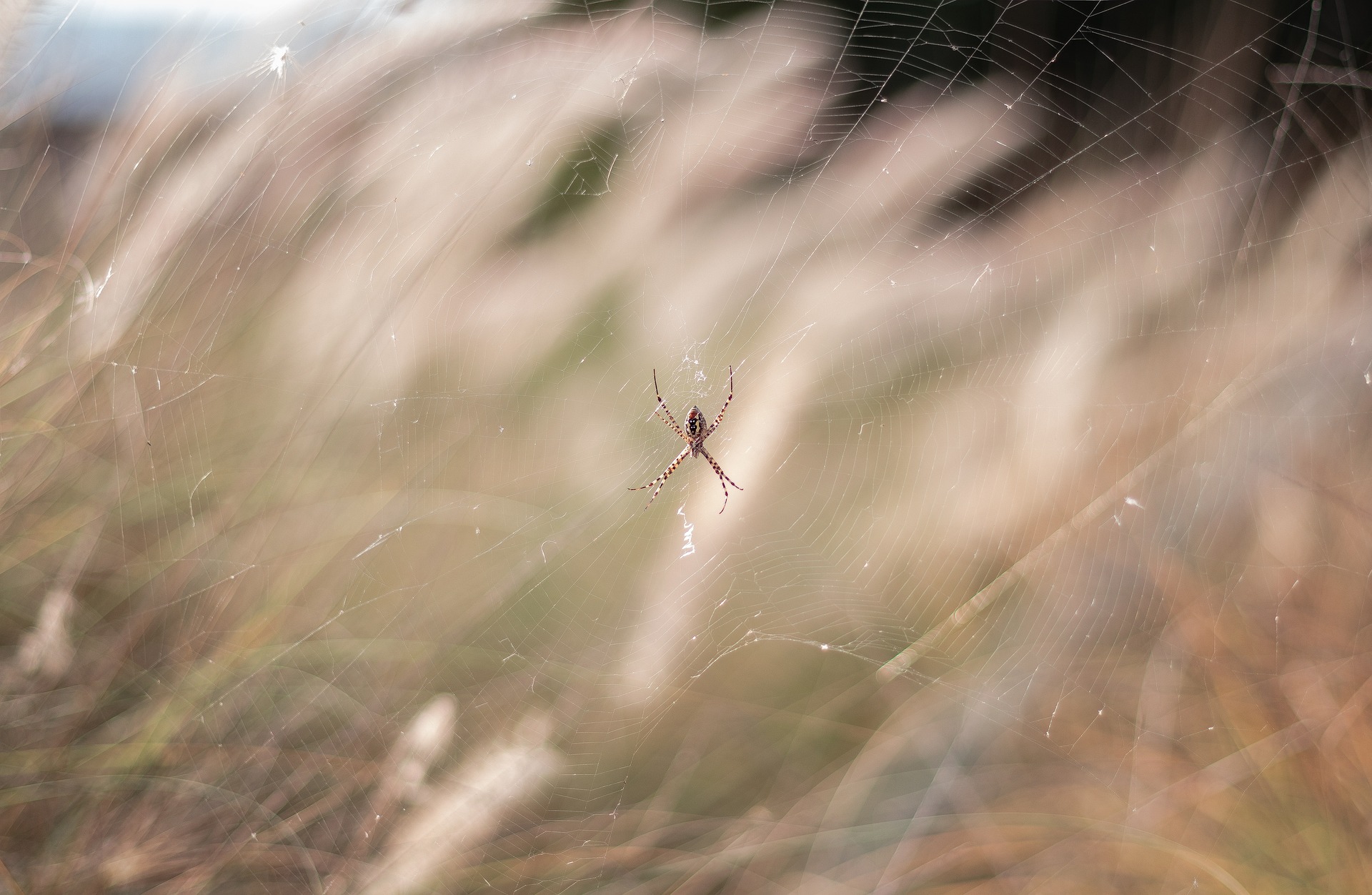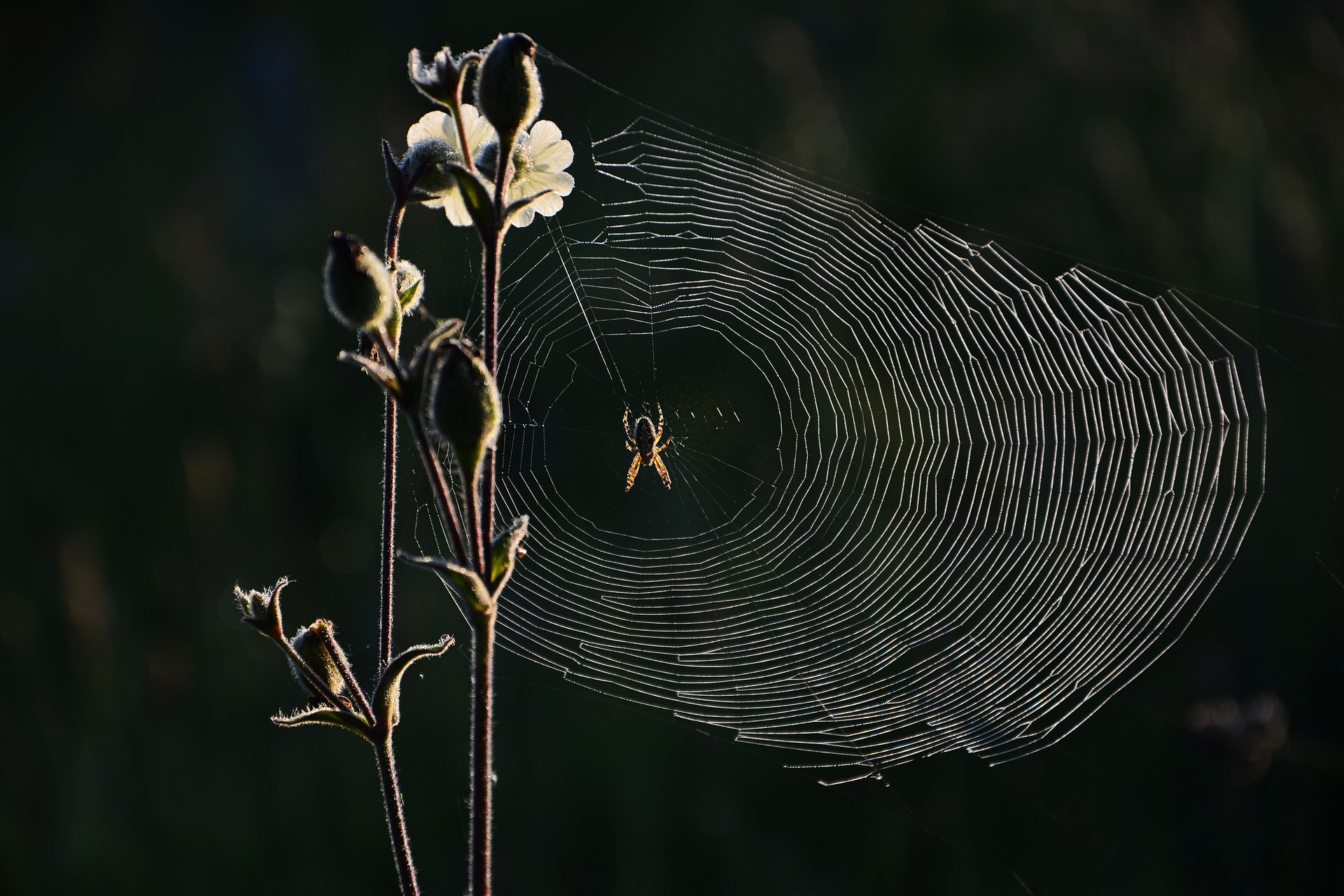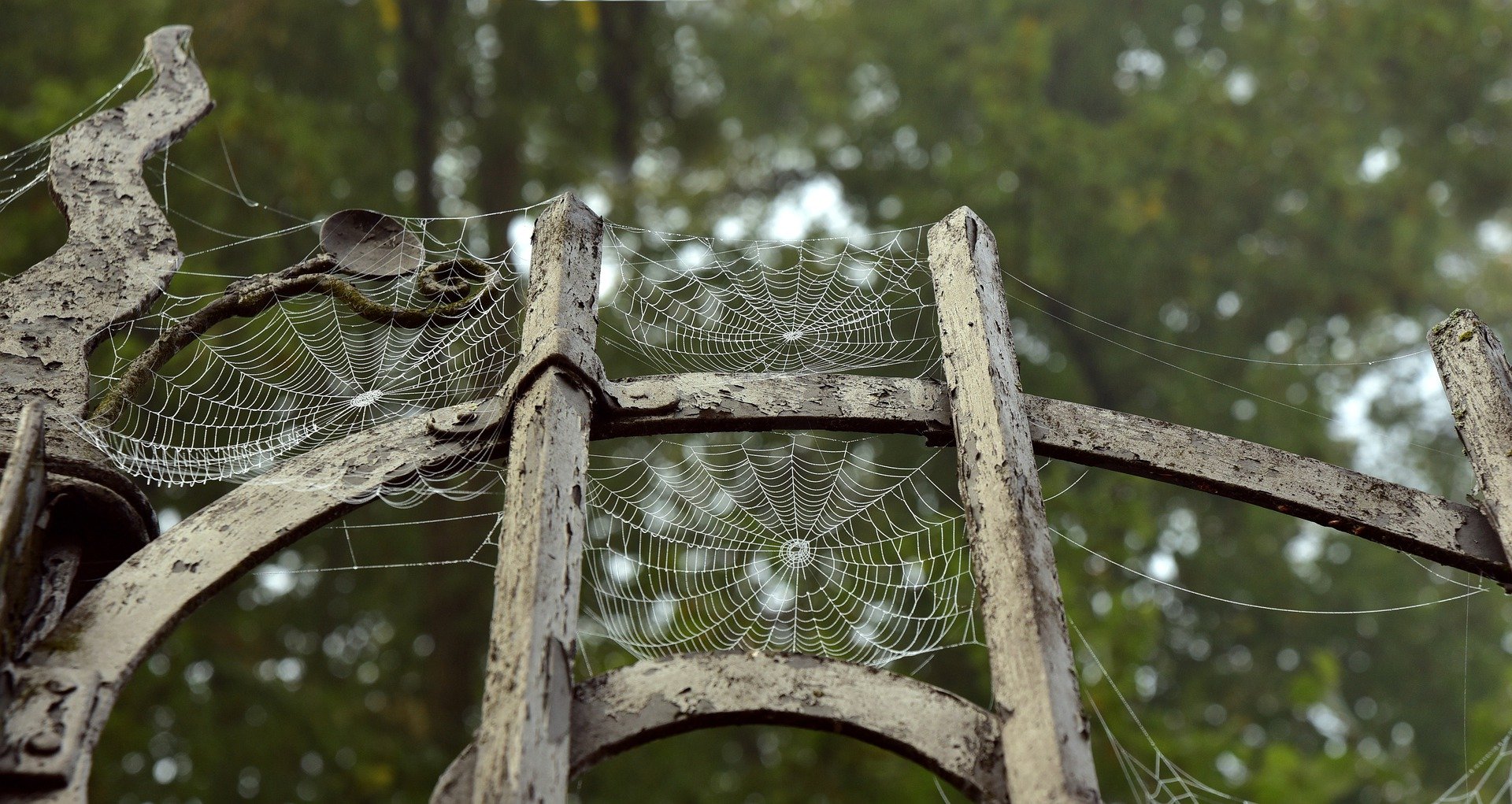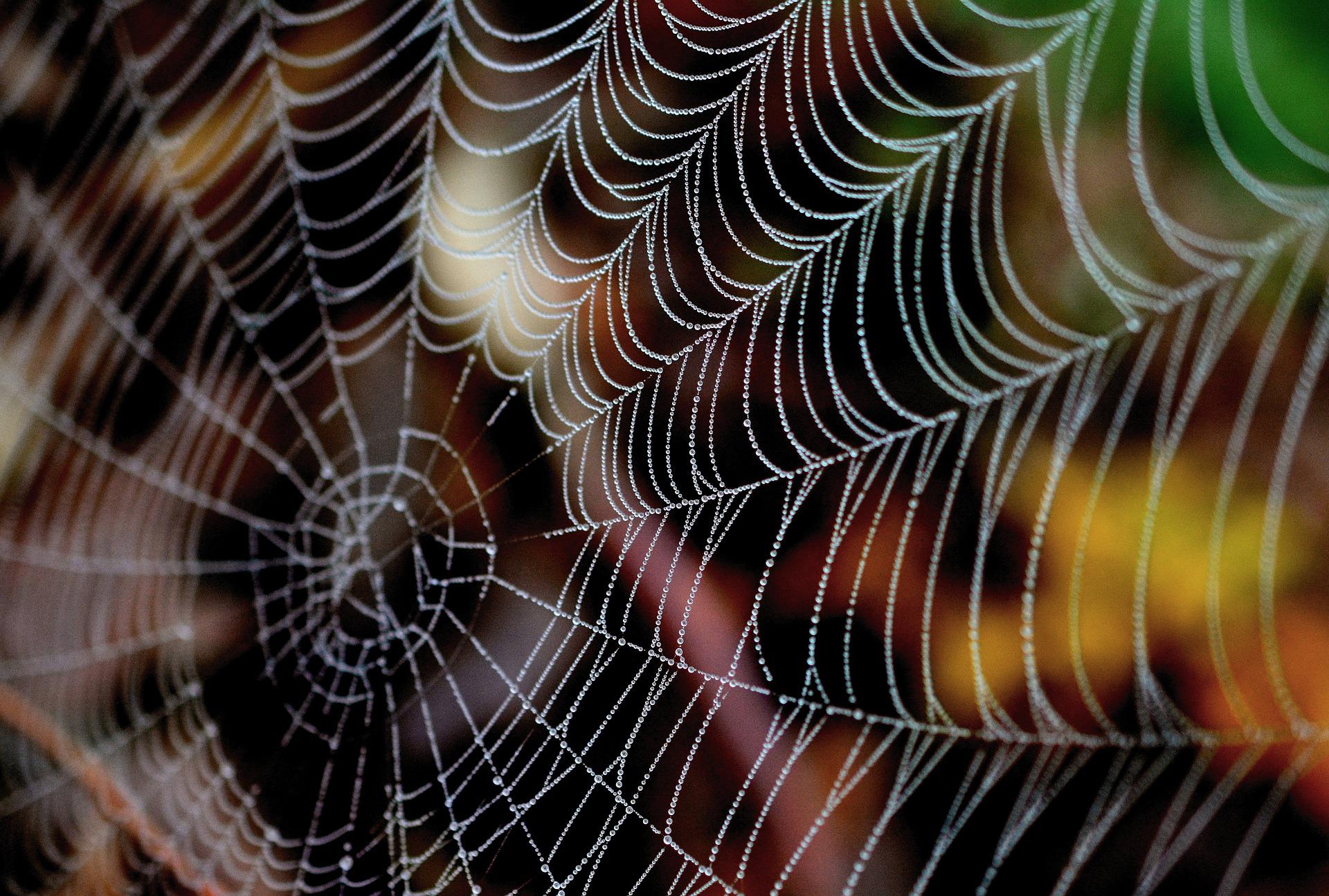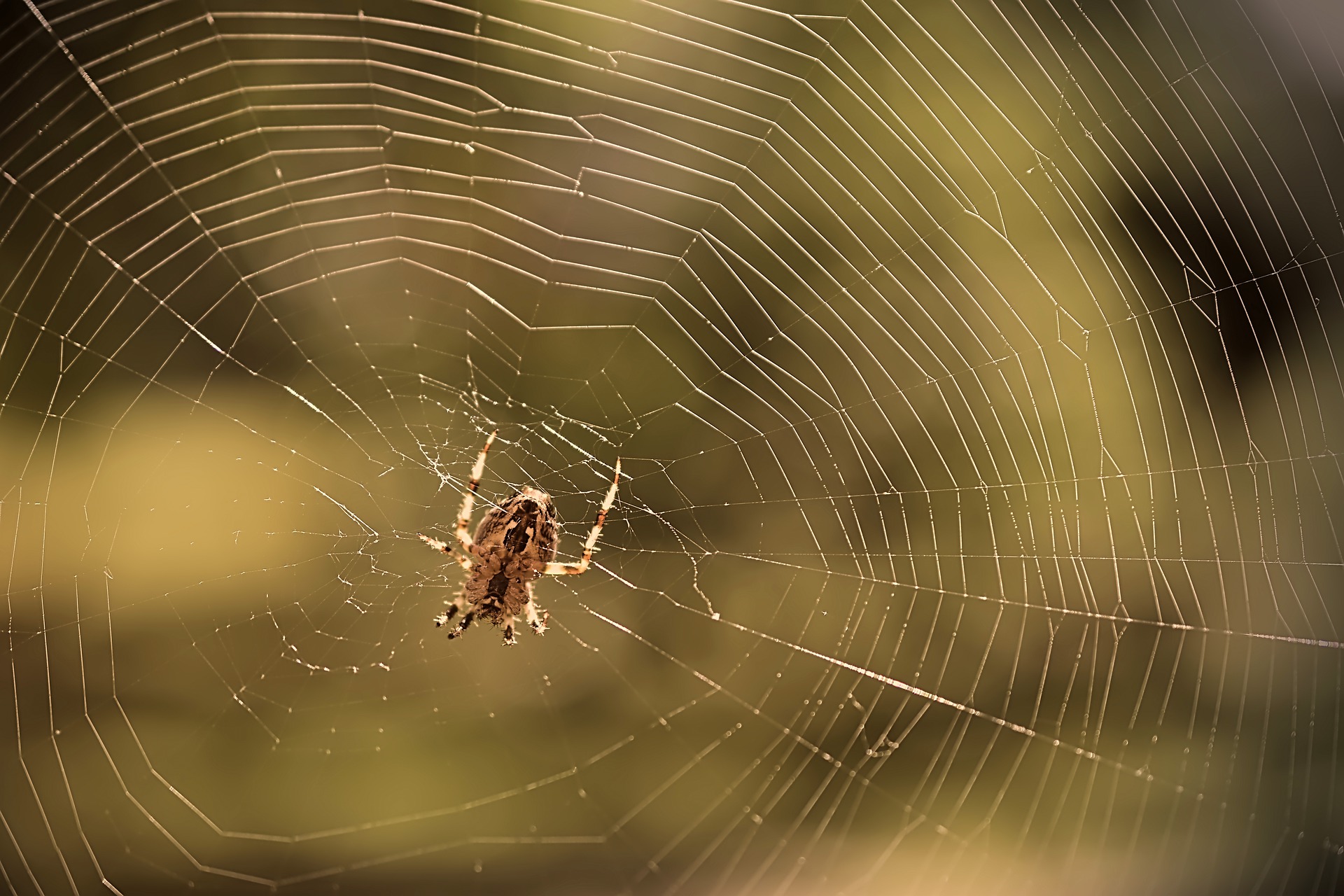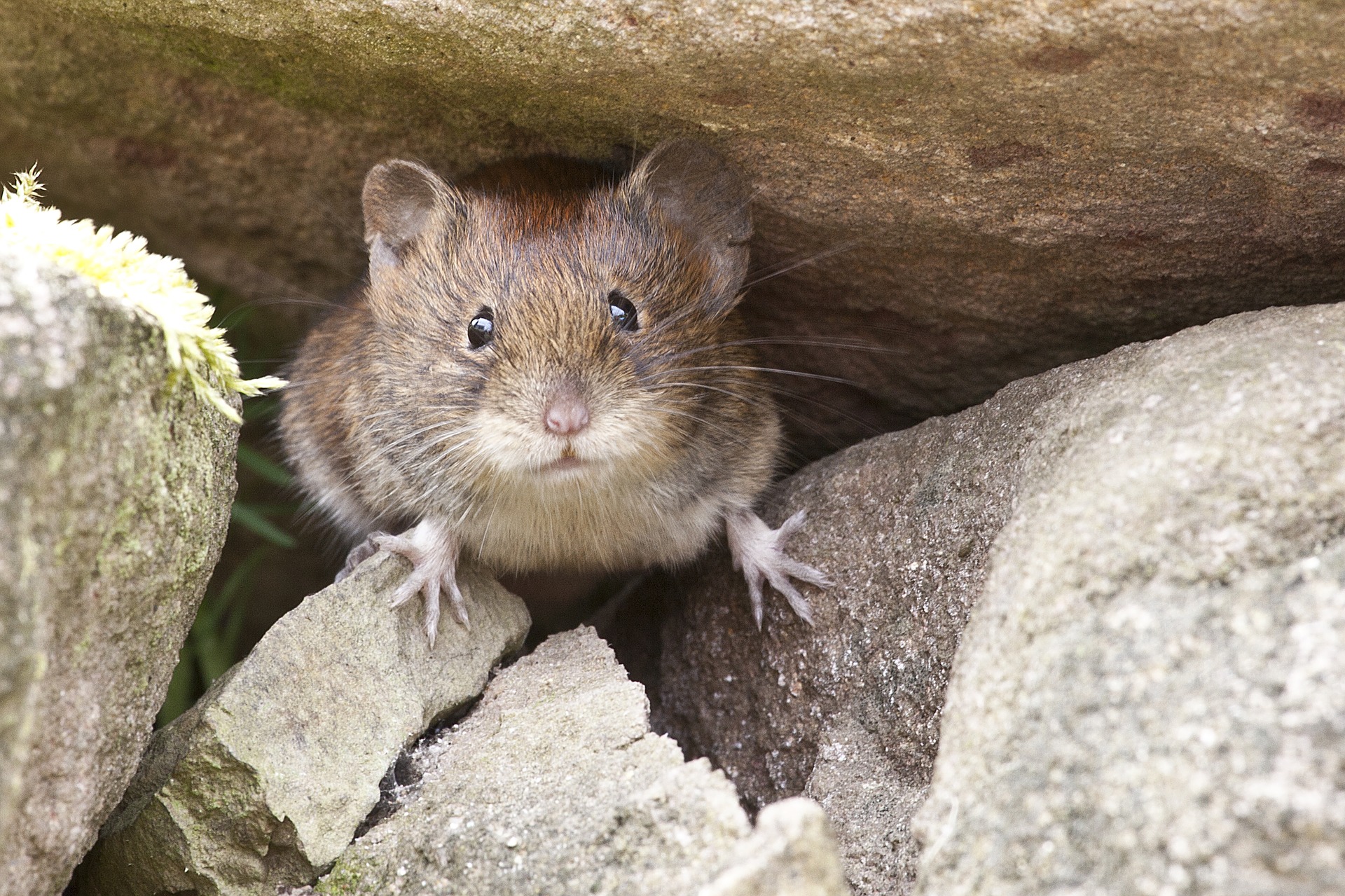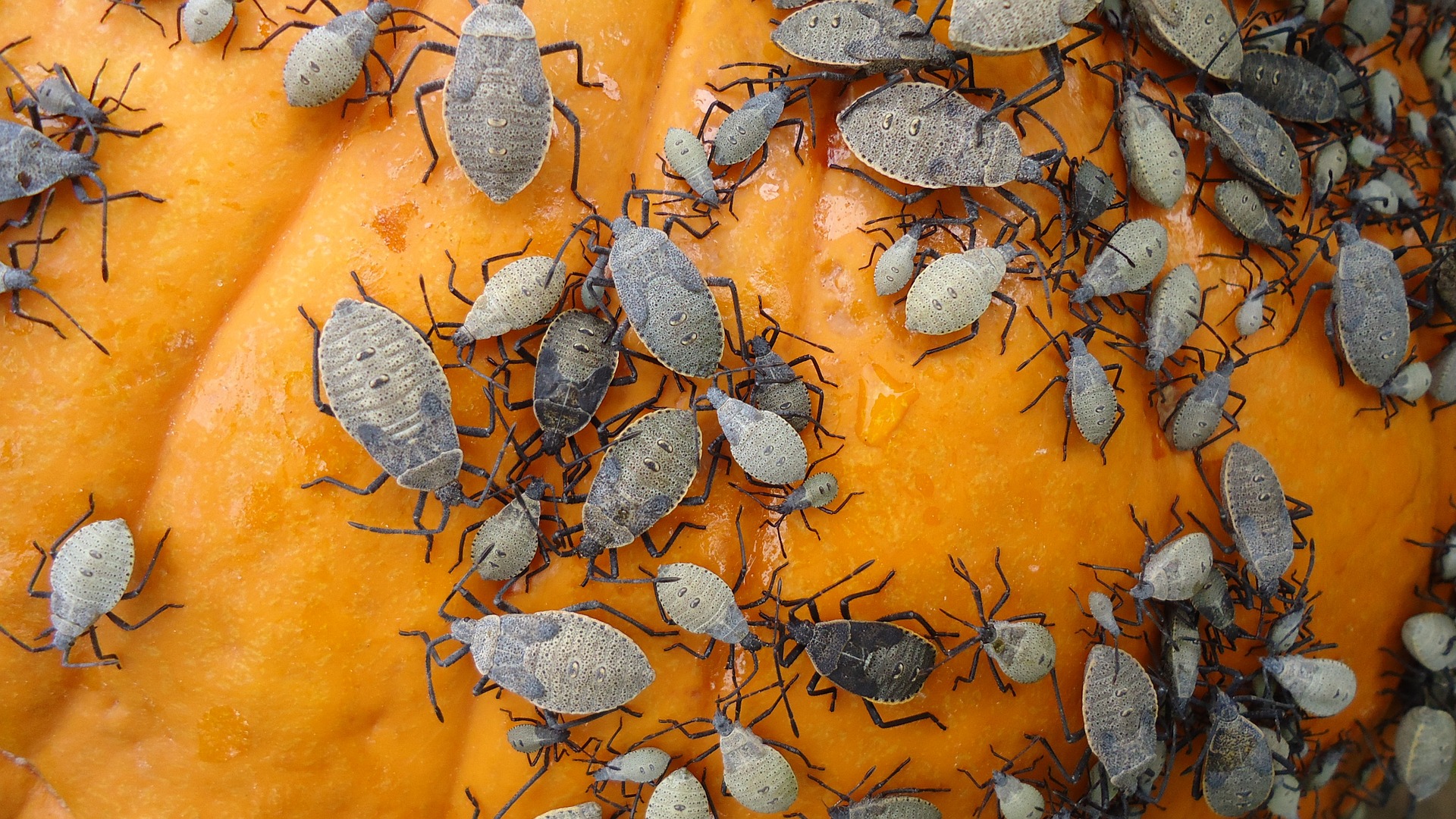The Intricate World of Ants: Unraveling the Behaviors and Habits of These Tiny Invaders
Ants, those tiny creatures that seem to be everywhere, have a fascinating world of their own. Understanding their behaviors and habits is crucial in dealing with ant invasions effectively. These social insects have evolved complex systems of organization and communication, making them highly successful in colonizing various habitats around the world.
Ants are eusocial insects, meaning they live in large colonies with a division of labor among different castes. The social structure of ant colonies is hierarchical, with a queen at the top, followed by workers, soldiers, and sometimes reproductive males. The queen’s primary role is to lay eggs, ensuring the survival and growth of the colony. Workers, on the other hand, are responsible for tasks such as foraging, nest maintenance, and caring for the young.
Communication is vital for the smooth functioning of an ant colony. Ants use a combination of chemical signals, touch, and sound to convey information. They release pheromones, which are chemical substances that can be detected by other ants. These pheromones serve as trail markers, helping ants navigate to food sources or guide their nestmates to a new location. Additionally, ants communicate through antennation, a behavior where they touch each other with their antennae, exchanging information about their colony’s needs and activities.
Ants are known for their remarkable foraging patterns and preferences. They are omnivorous creatures, feeding on a wide range of food sources, including insects, nectar, seeds, and even dead animals. Ants have developed sophisticated foraging strategies to maximize their food intake. Some species send out scouts to search for food, while others rely on a constant stream of workers to explore their surroundings. Once a food source is discovered, ants leave a trail of pheromones to guide their nestmates to the location.
The Social Structure of Ant Colonies: How They Organize and Communicate
Ant colonies are highly organized societies, with each member playing a specific role. The social structure of ant colonies is based on a division of labor, where different castes have distinct responsibilities. At the top of the hierarchy is the queen, whose primary function is to reproduce. The queen is typically the largest ant in the colony and can live for several years, continuously laying eggs to ensure the colony’s survival.
Below the queen are the workers, which make up the majority of the colony. Workers are responsible for tasks such as foraging, nest maintenance, and caring for the young. They are smaller in size compared to the queen and have specialized body structures to perform their duties efficiently. Some workers have strong jaws for cutting and carrying food, while others have glands that produce pheromones for communication.
In addition to workers, some ant colonies have soldiers. Soldiers have larger heads and mandibles, which they use to defend the colony against predators or rival ant colonies. Soldiers are typically tasked with protecting the nest and engaging in territorial disputes.
Communication is crucial for the coordination of activities within an ant colony. Ants use a variety of methods to convey information to their nestmates. One of the most important means of communication is through the use of pheromones. Ants release pheromones, which are chemical substances that can be detected by other ants. These pheromones serve as trail markers, helping ants navigate to food sources or guide their nestmates to a new location. Additionally, ants communicate through antennation, a behavior where they touch each other with their antennae, exchanging information about their colony’s needs and activities.
The Quest for Food: Exploring Ants’ Foraging Patterns and Preferences
Ants are highly adaptable when it comes to finding food. They are omnivorous creatures, feeding on a wide range of food sources. Their foraging patterns and preferences vary depending on the species and the environment they inhabit.
Some ant species send out scouts to search for food. These scouts explore their surroundings, leaving a trail of pheromones to guide their nestmates to the location of the food source. Once the scouts find a suitable food source, they return to the colony and recruit more workers to help gather the food. This recruitment process is facilitated by the pheromone trail left by the scouts.
Other ant species rely on a constant stream of workers to explore their surroundings in search of food. These workers move in a random pattern, covering a large area in search of potential food sources. Once a worker finds food, it carries it back to the colony, leaving a trail of pheromones to guide other workers to the location.
Ants have preferences when it comes to food. Some species prefer sugary substances such as nectar or honeydew produced by aphids. These ants have a mutualistic relationship with aphids, protecting them from predators in exchange for their sweet secretions. Other ant species are more carnivorous, feeding on insects, spiders, or even small vertebrates. These ants have powerful jaws and venomous stings to subdue their prey.
Battling the Invasion: Effective Strategies to Control and Prevent Ant Infestations
Dealing with ant infestations can be a frustrating task, but understanding their behaviors and habits can help in developing effective strategies for control and prevention.
One of the most important steps in controlling ant infestations is to eliminate their food sources. Ants are attracted to food crumbs, spills, and unsealed food containers. Keeping a clean and tidy environment, regularly wiping down surfaces, and storing food in airtight containers can help deter ants from entering your home.
Sealing off entry points is another crucial strategy. Ants can enter through tiny cracks and gaps in windows, doors, and walls. By sealing off these entry points with caulk or weatherstripping, you can prevent ants from gaining access to your home.
If an ant infestation has already occurred, using bait stations can be an effective control method. Bait stations contain a toxic substance that ants carry back to their colony, effectively eliminating the entire colony. It is important to place the bait stations near ant trails or entry points to maximize their effectiveness.
For outdoor infestations, using ant barriers can be helpful. Ant barriers are substances that create a physical barrier, preventing ants from crossing. These barriers can be made from materials such as diatomaceous earth or cinnamon powder, which are natural deterrents for ants.
In conclusion, understanding the behaviors and habits of ants is crucial in dealing with ant invasions effectively. Ants have a complex social structure and communicate through chemical signals, touch, and sound. They have remarkable foraging patterns and preferences, adapting to various food sources. By implementing effective strategies such as eliminating food sources, sealing off entry points, and using bait stations or ant barriers, it is possible to control and prevent ant infestations successfully.

